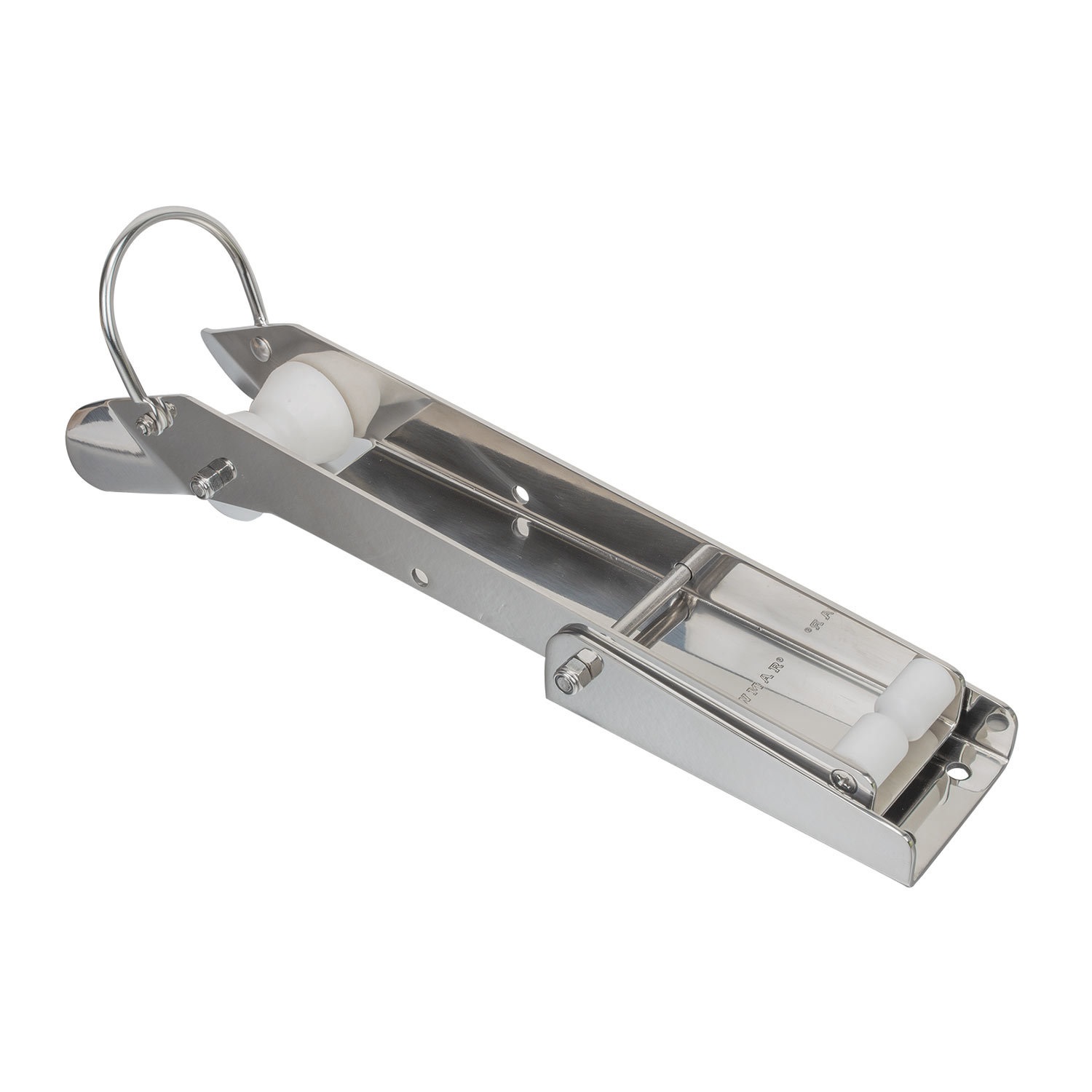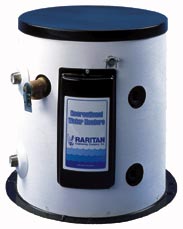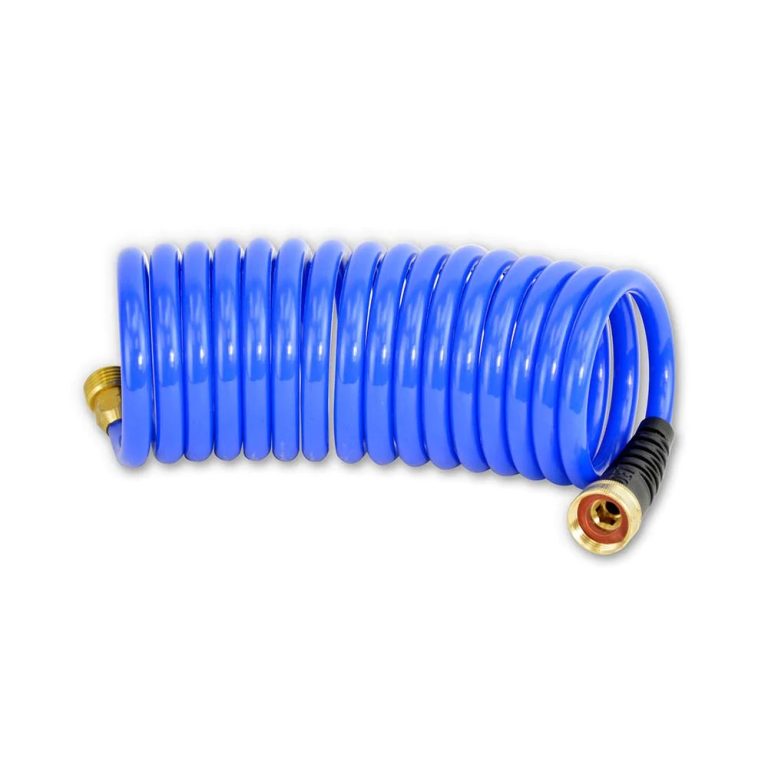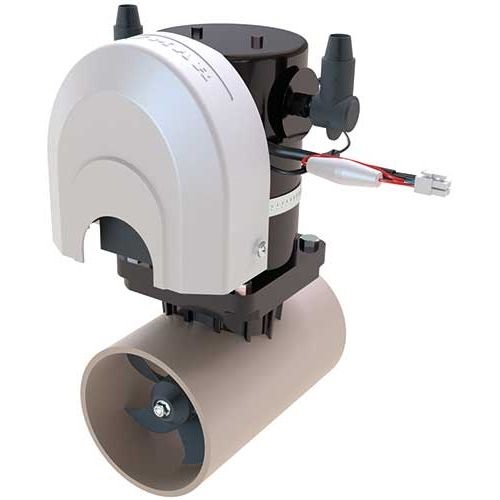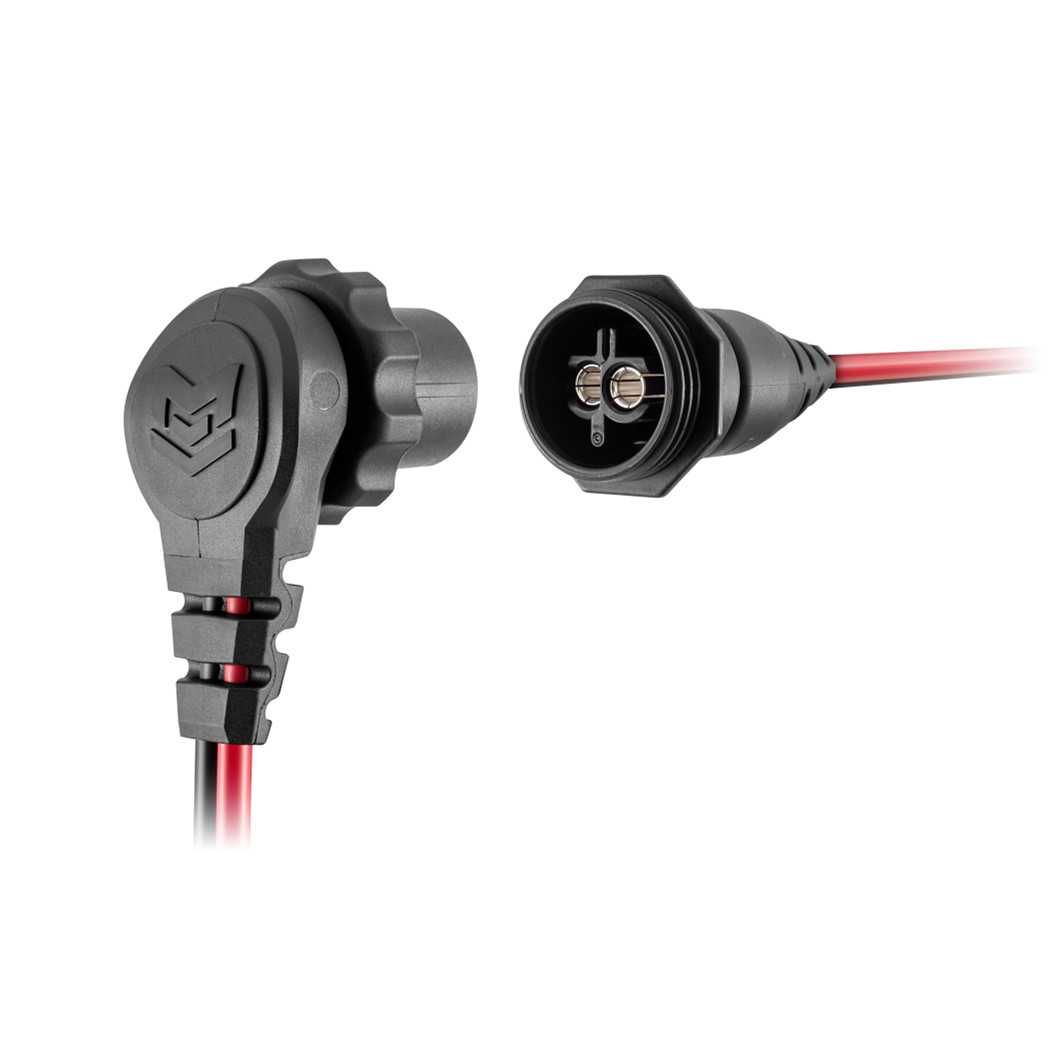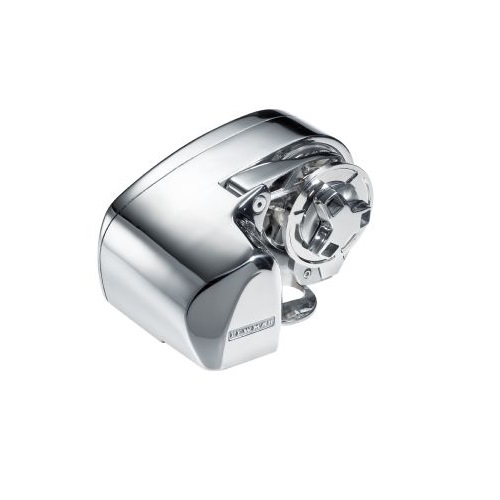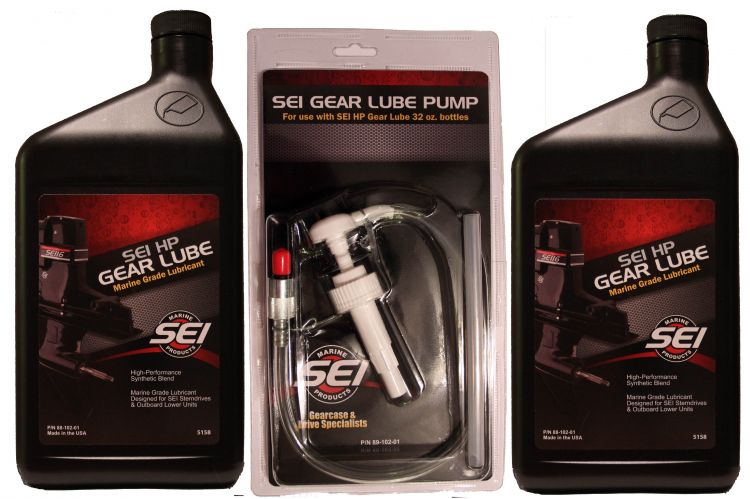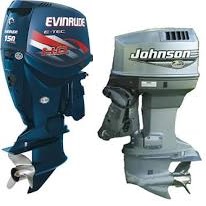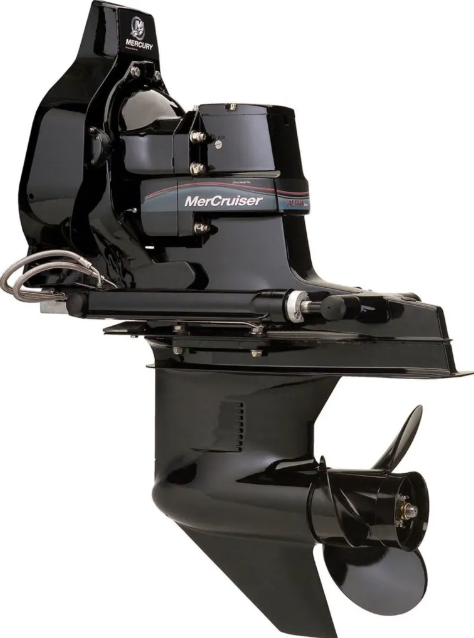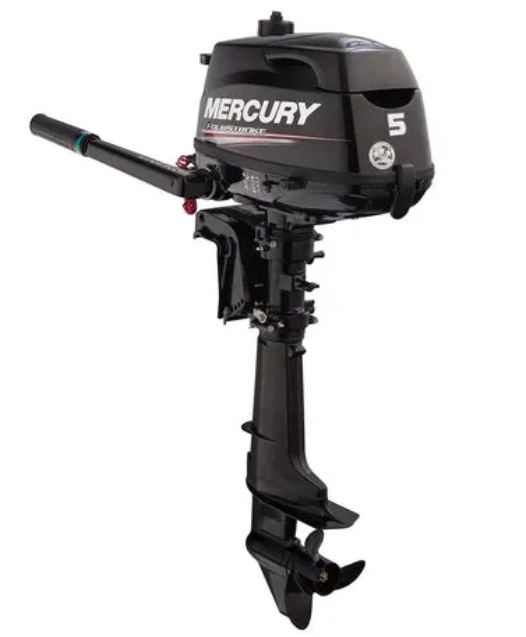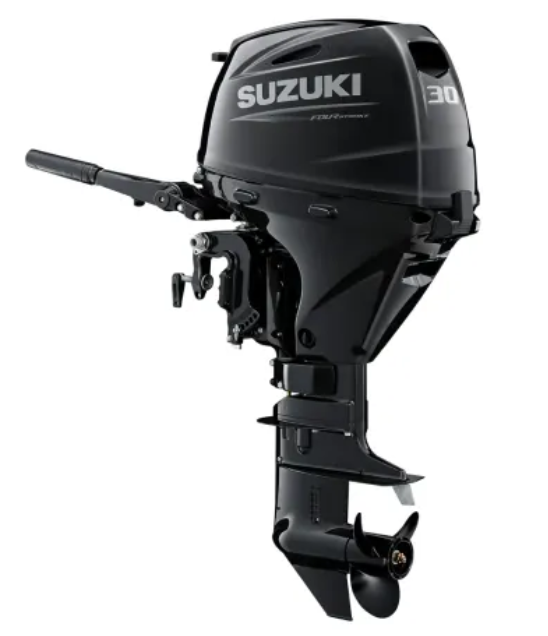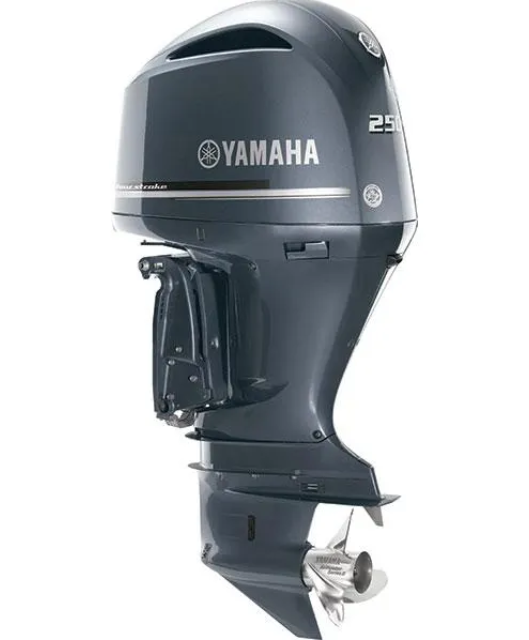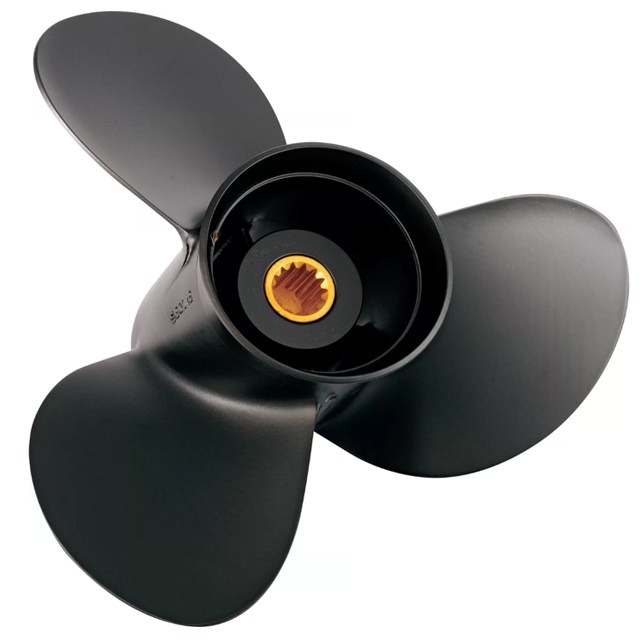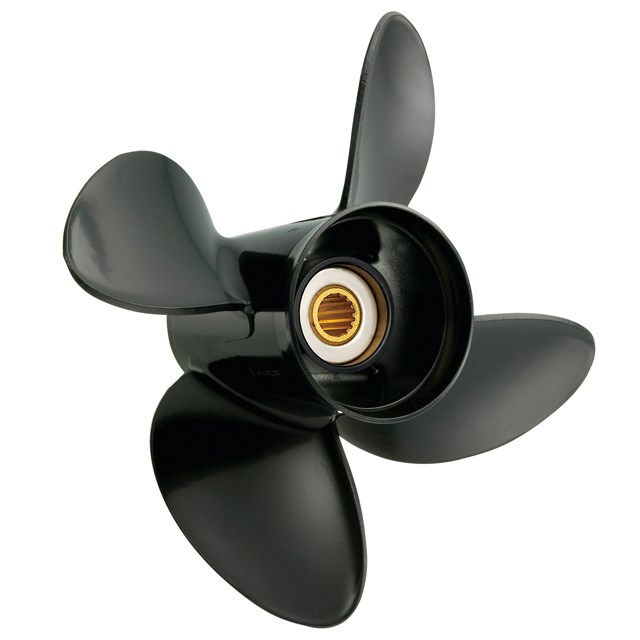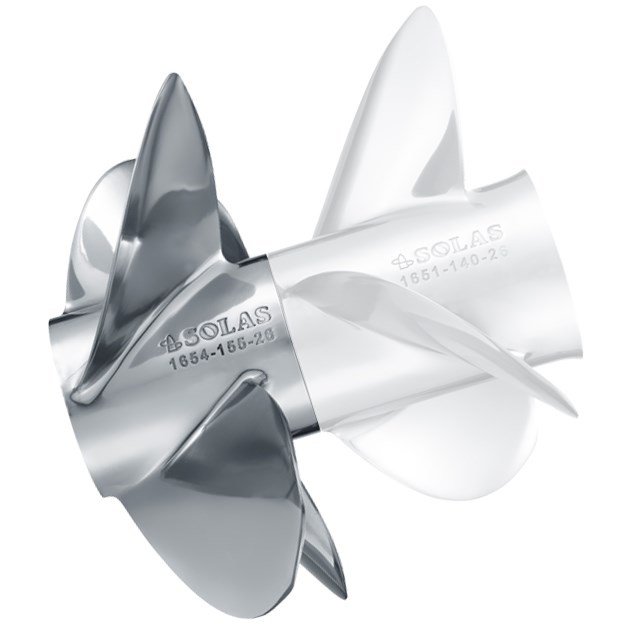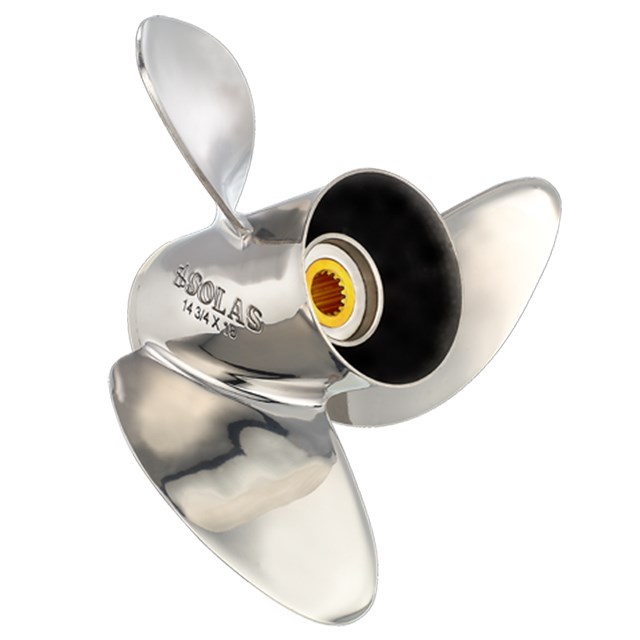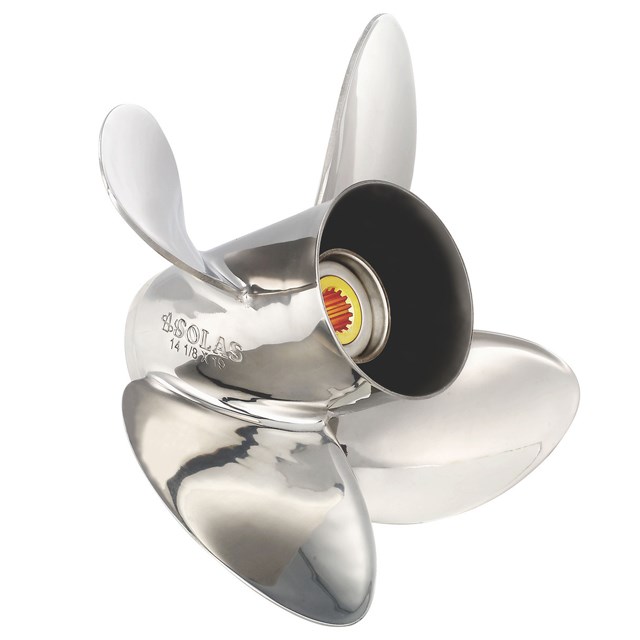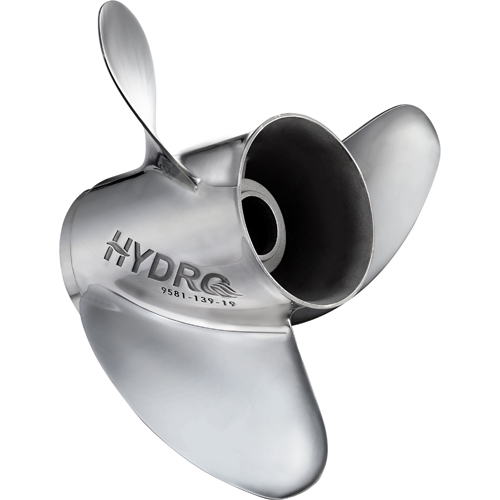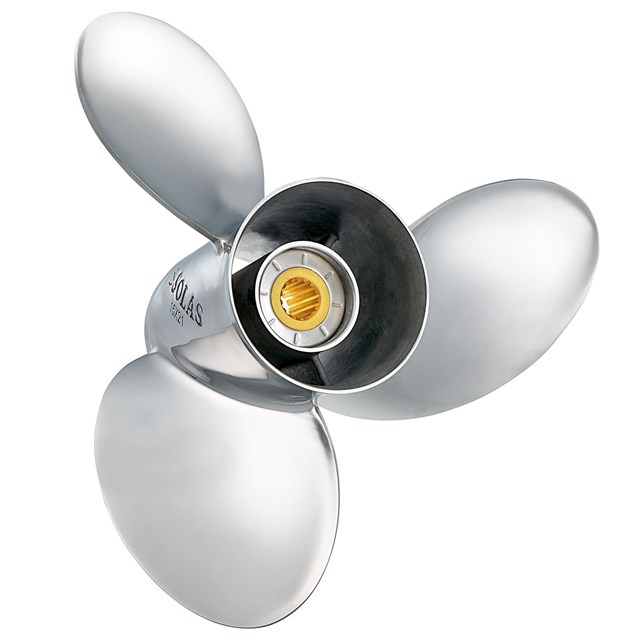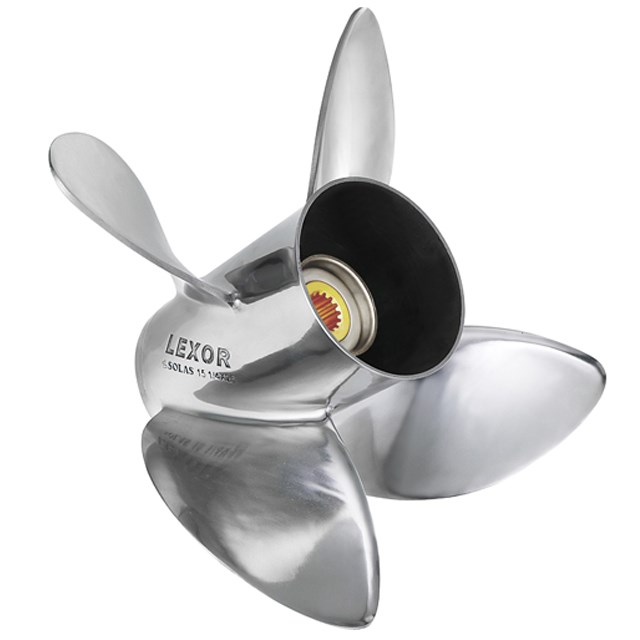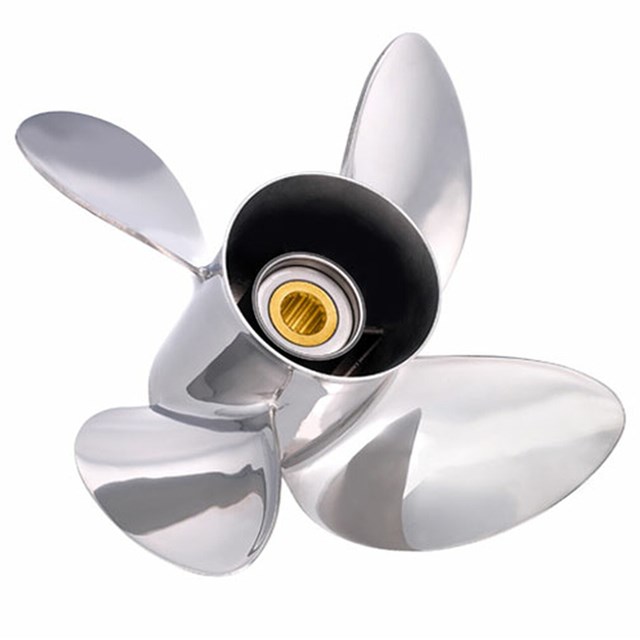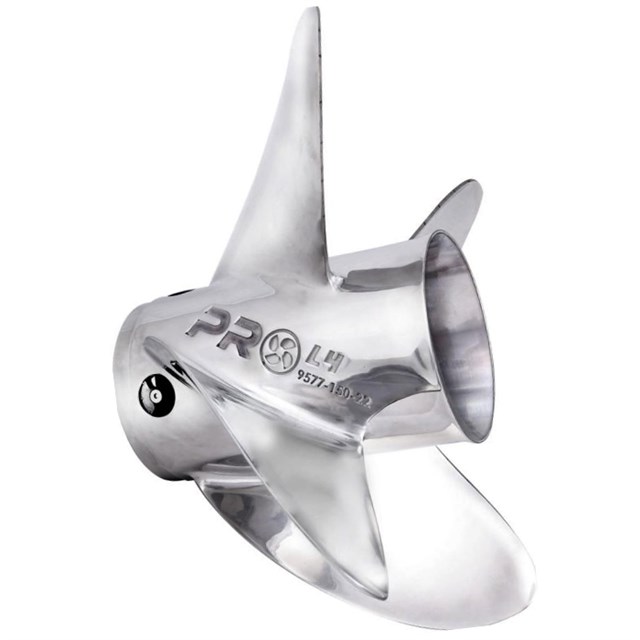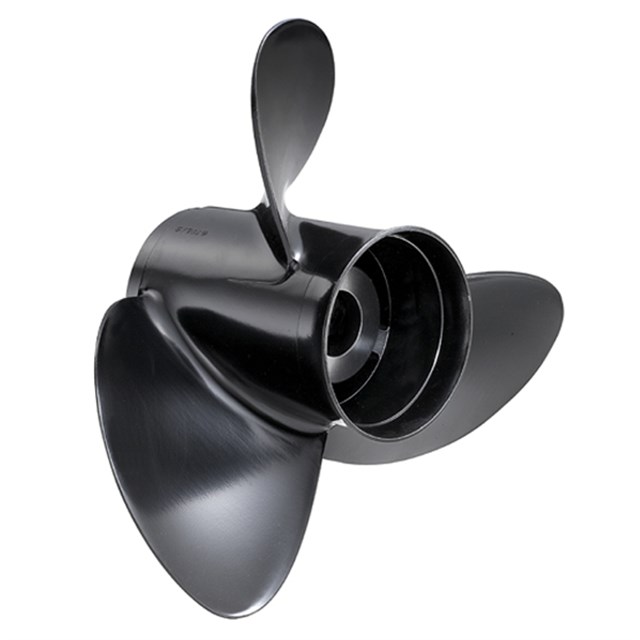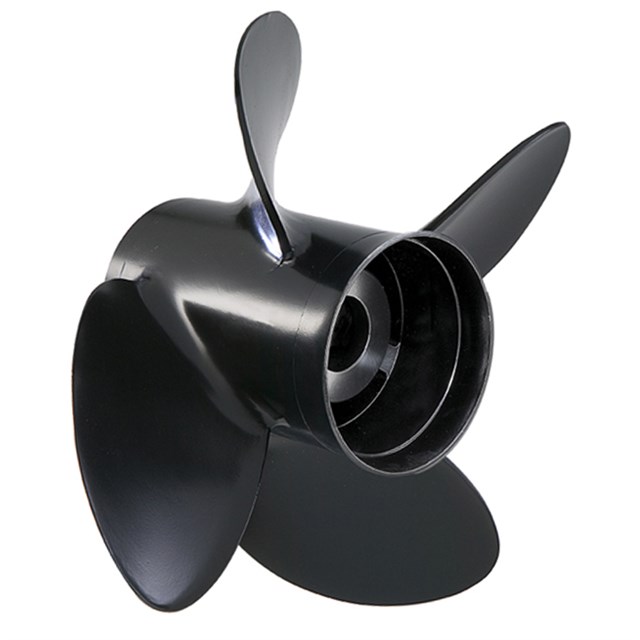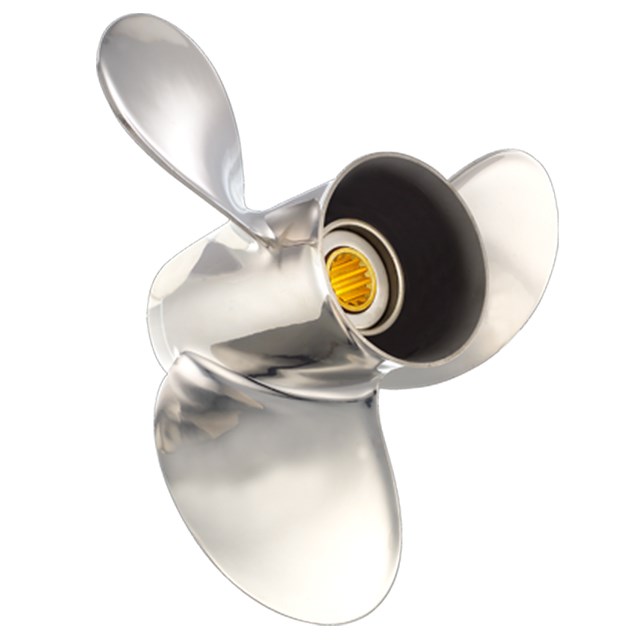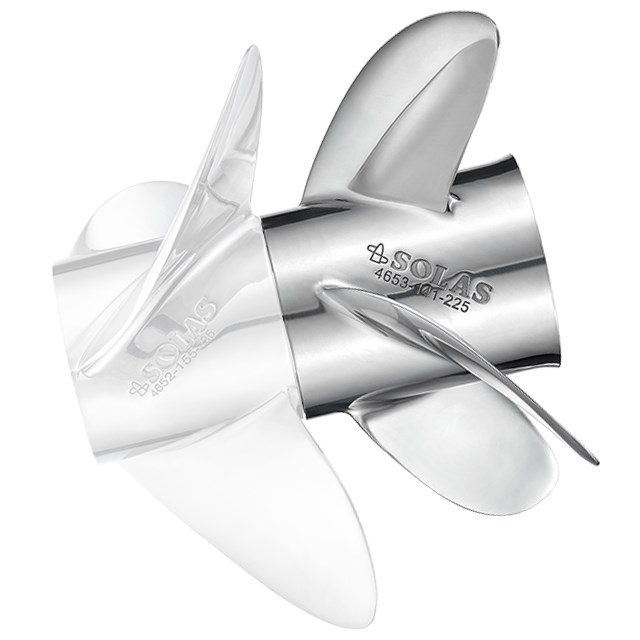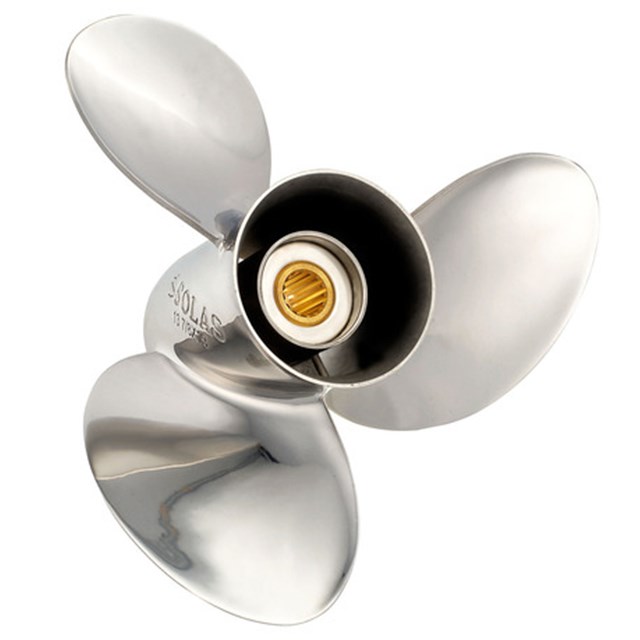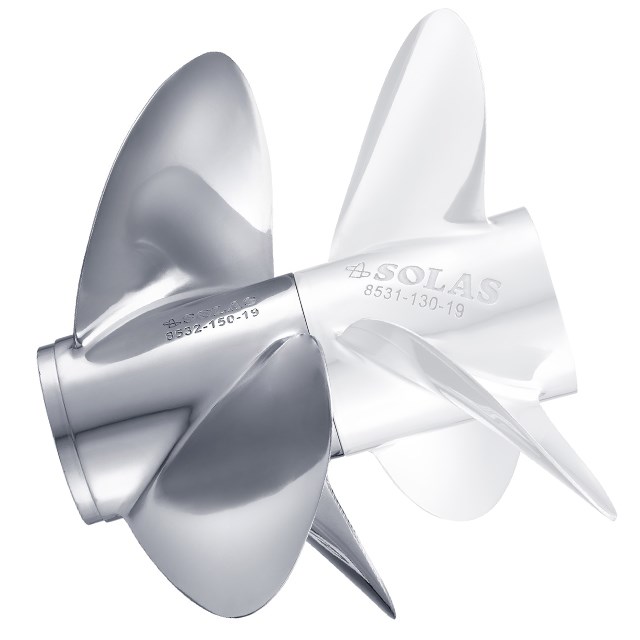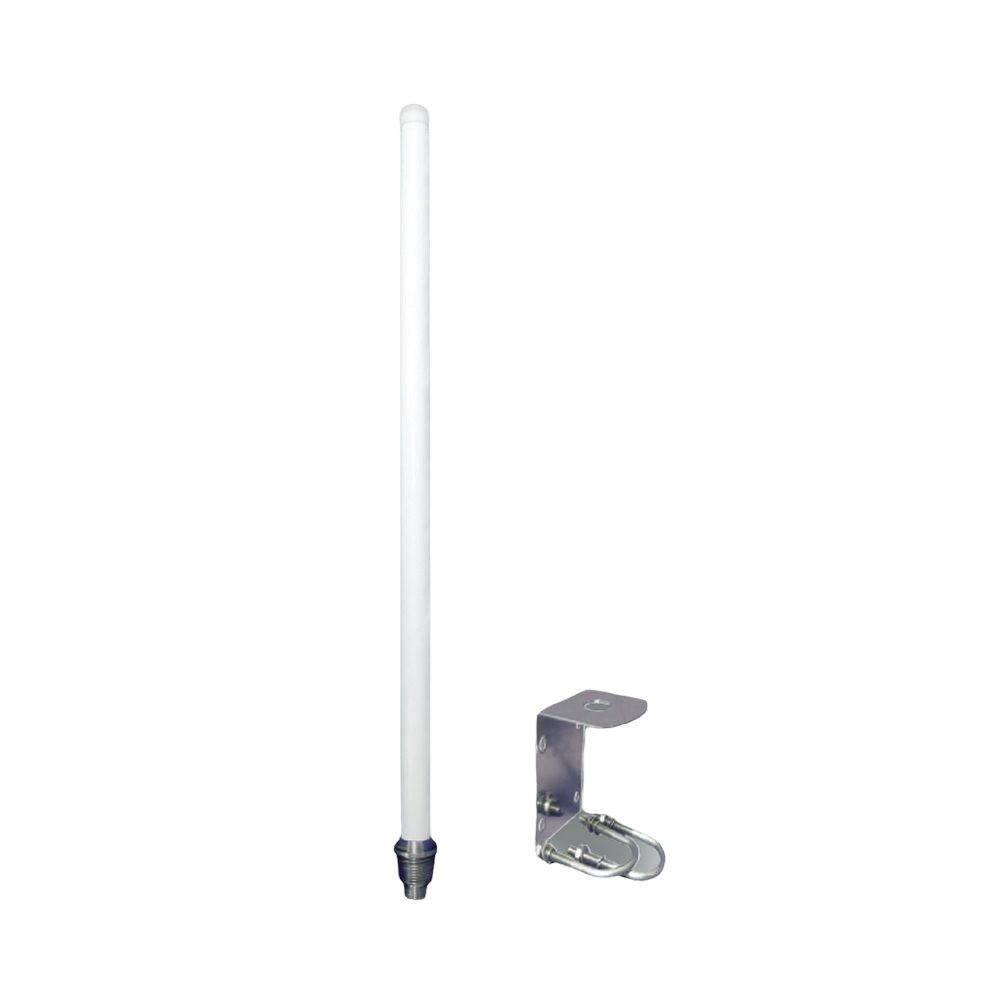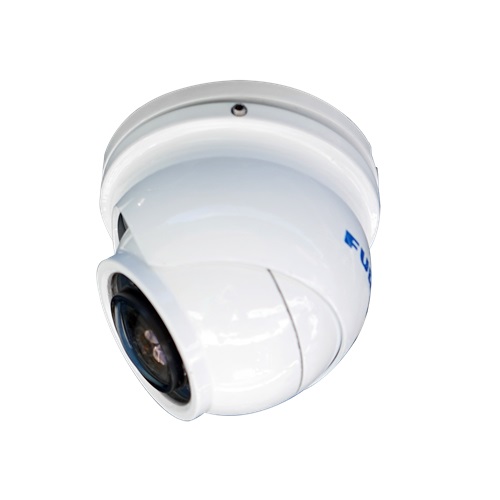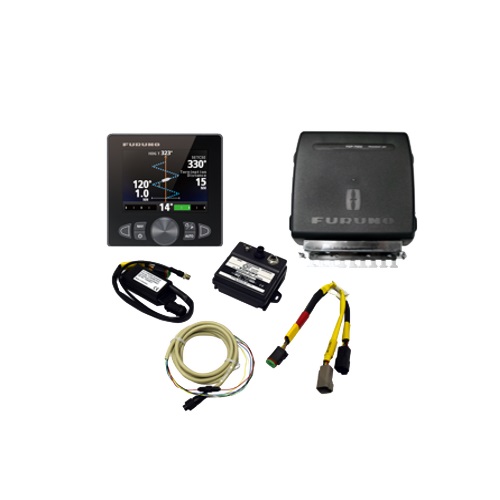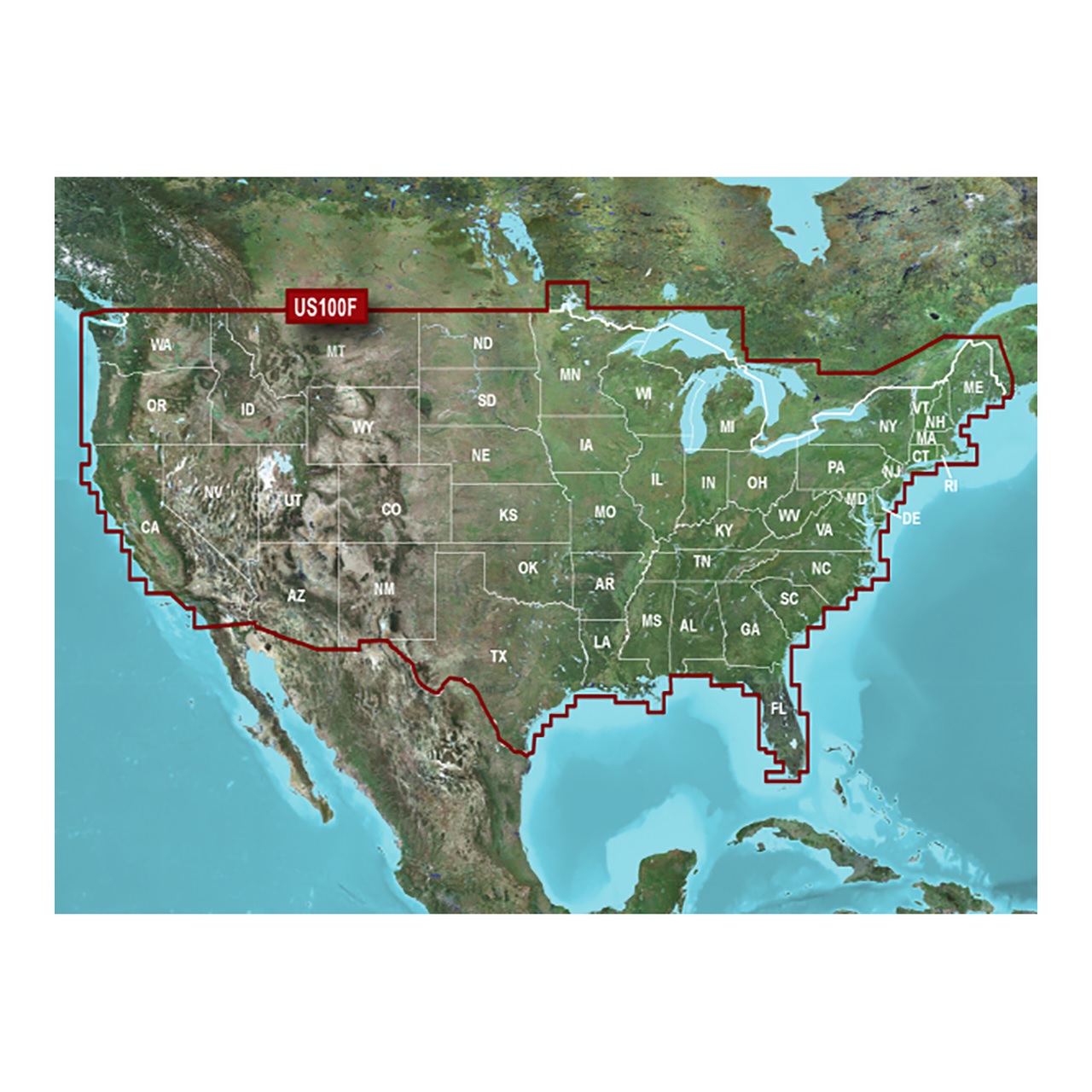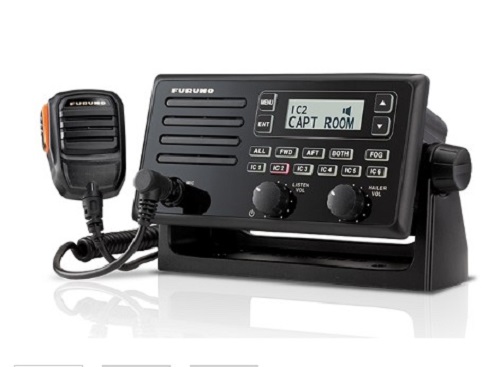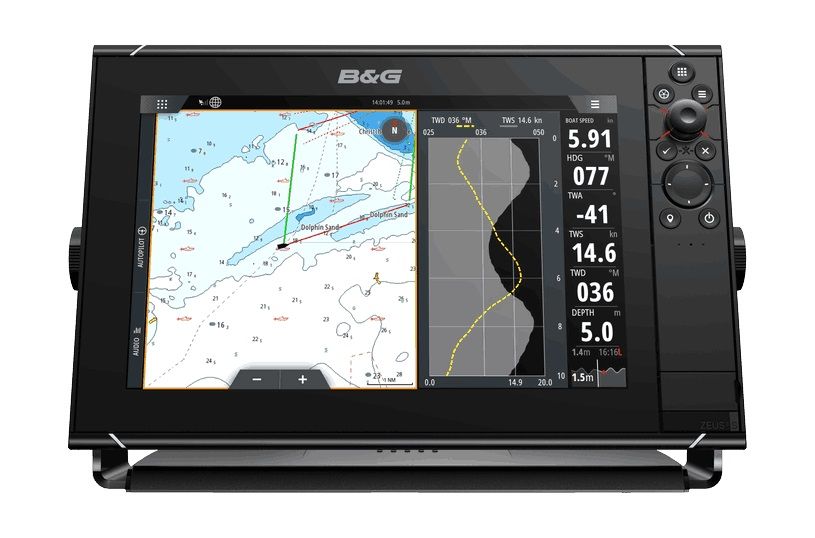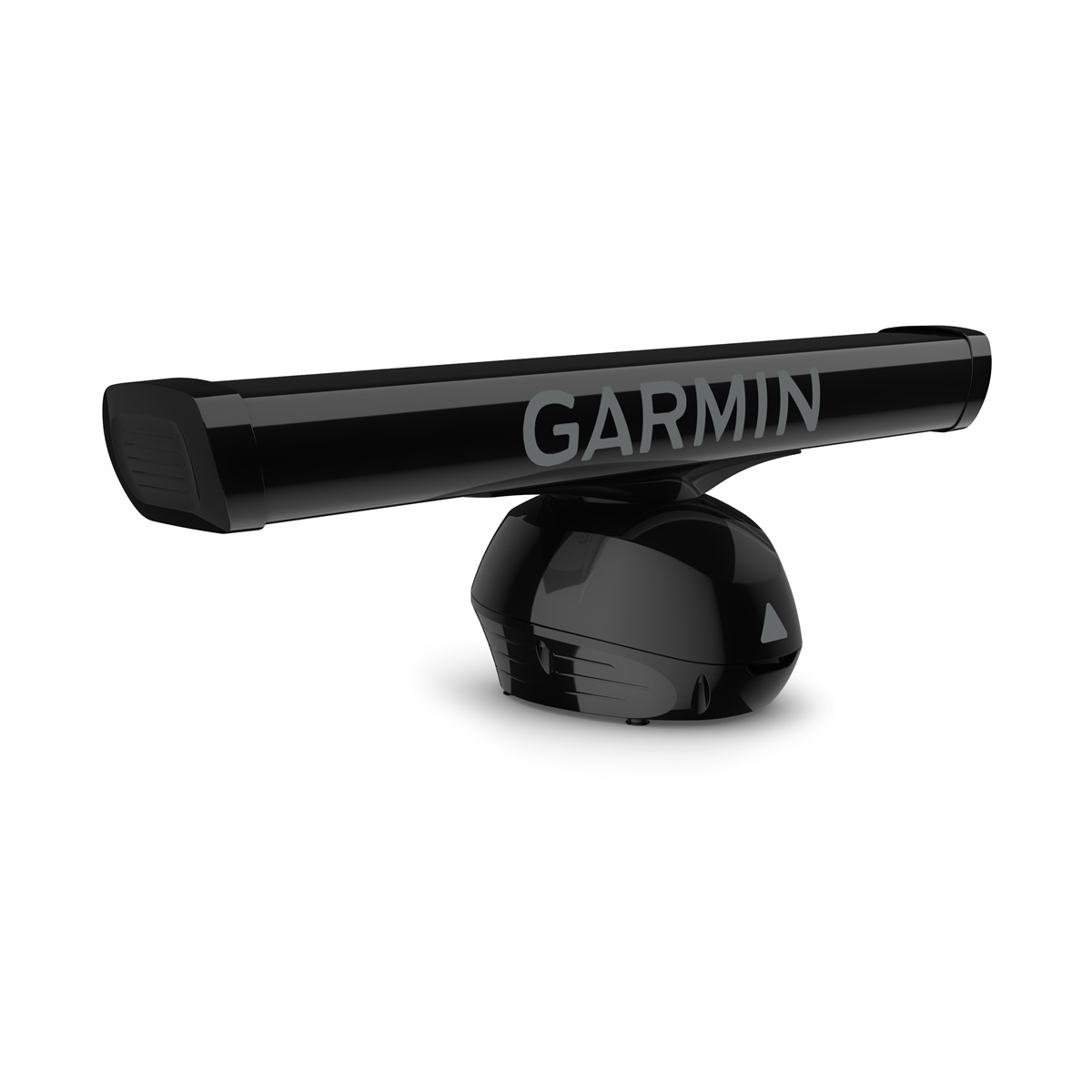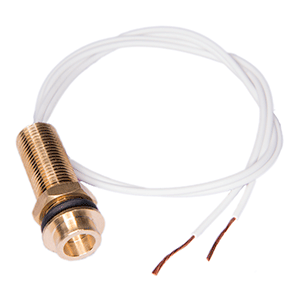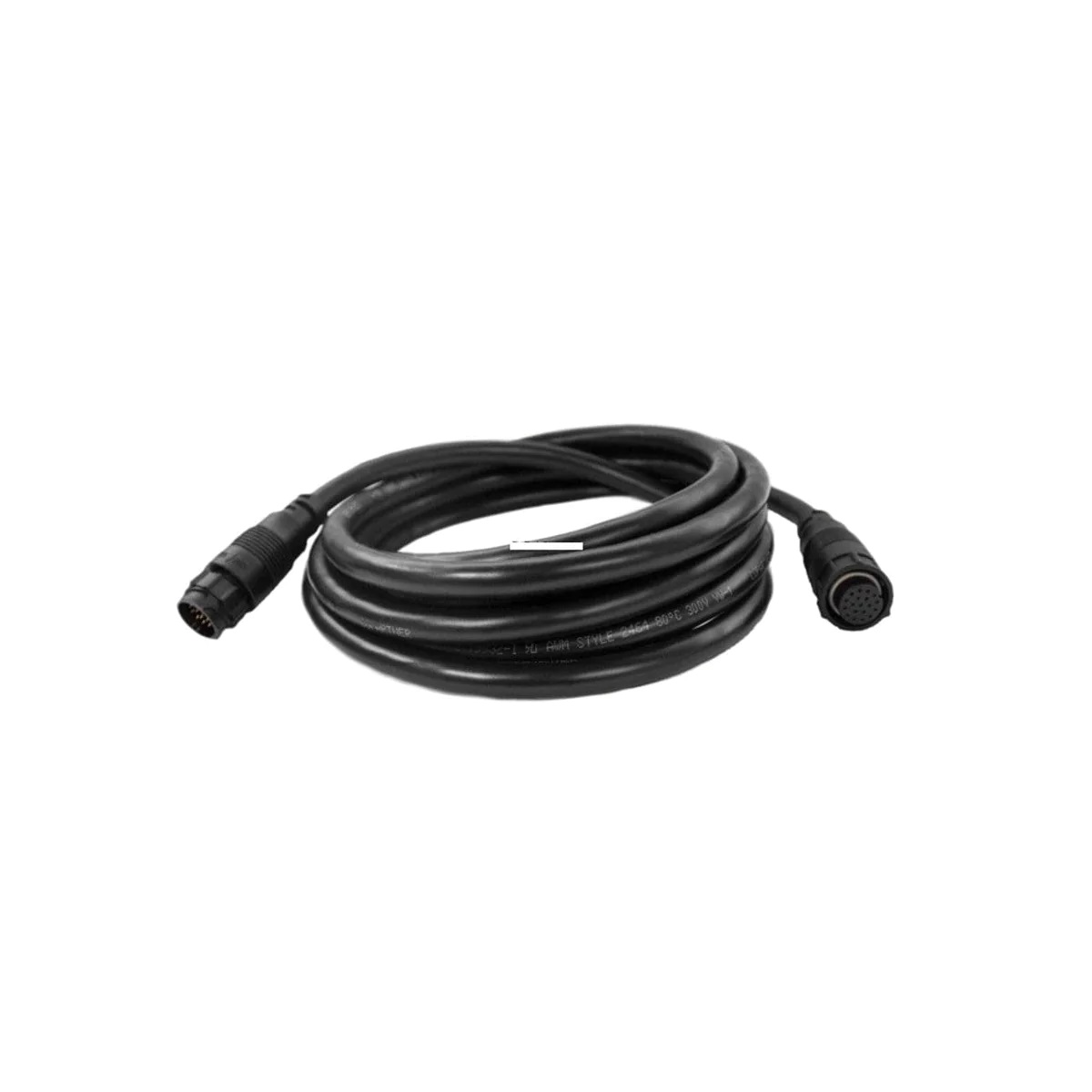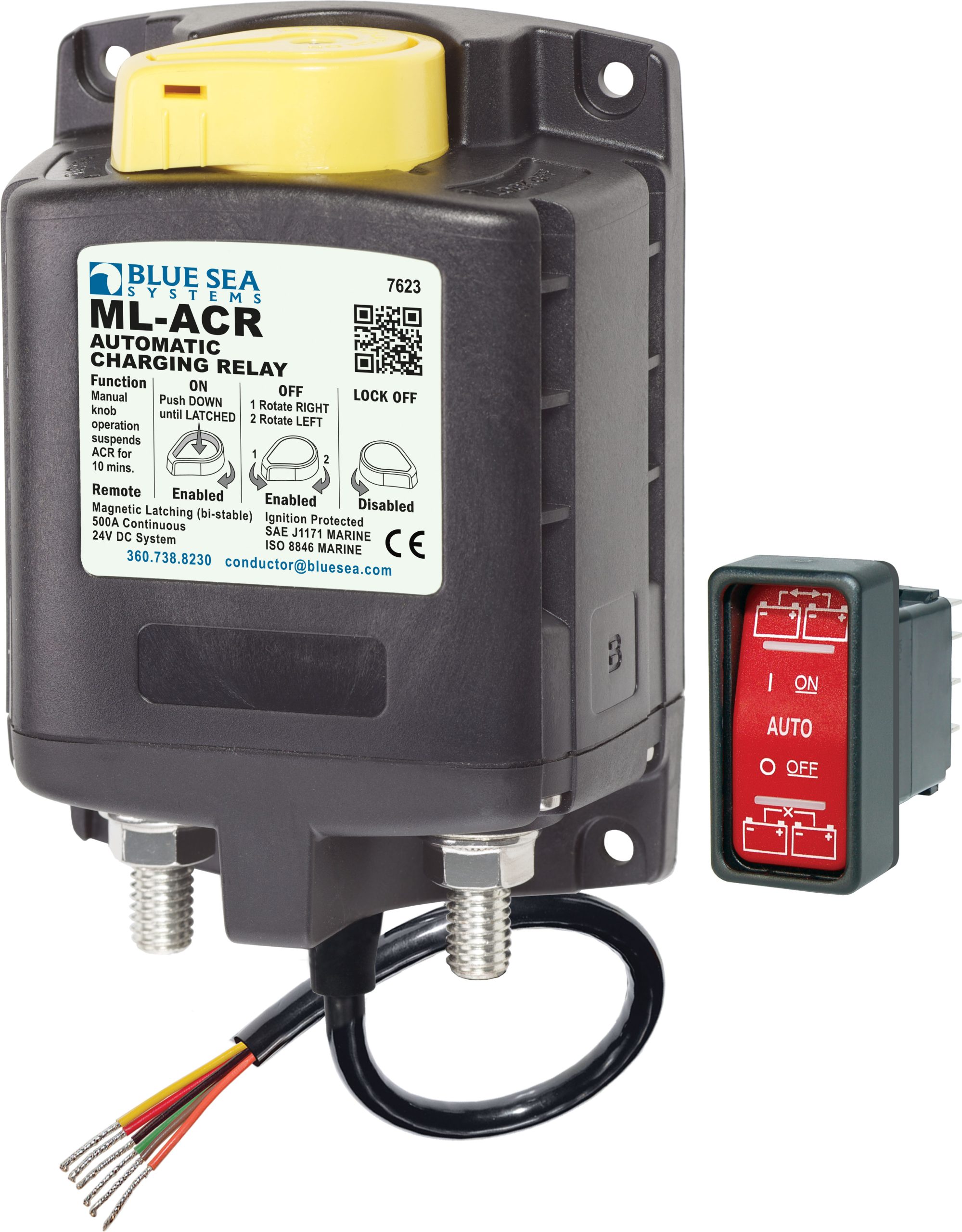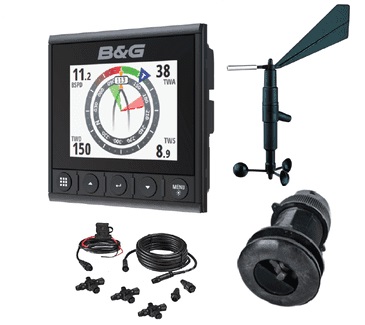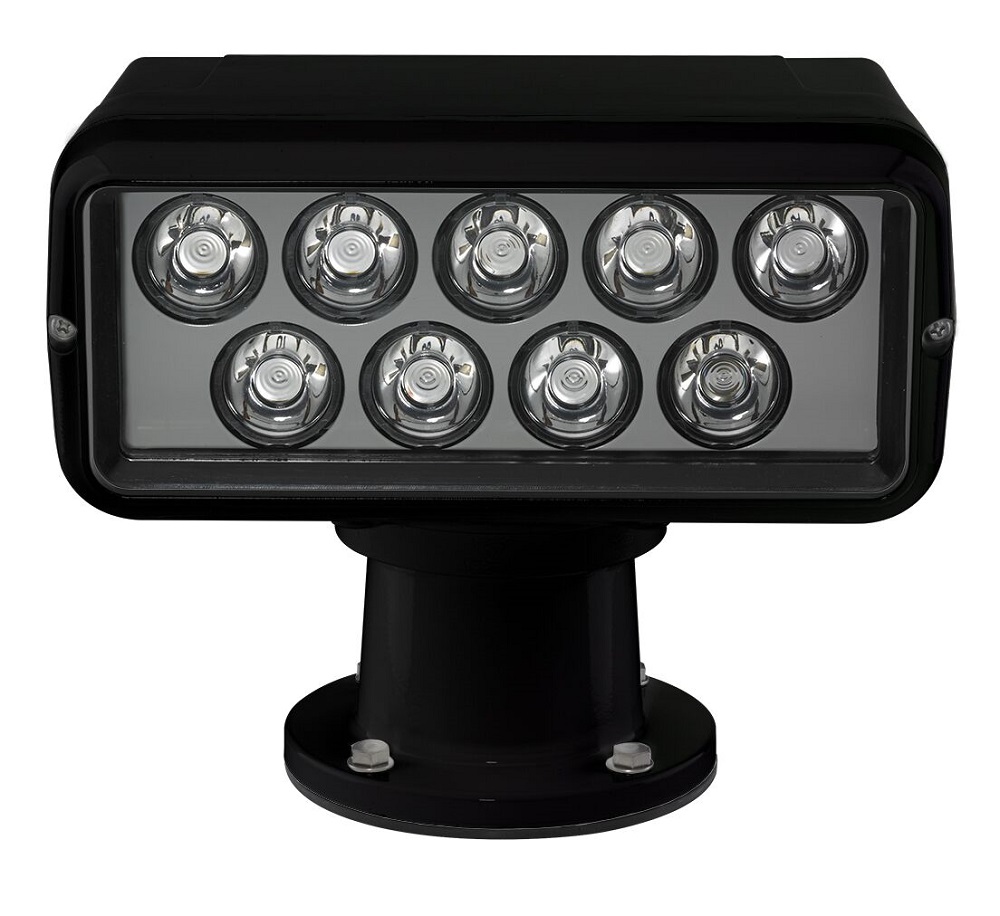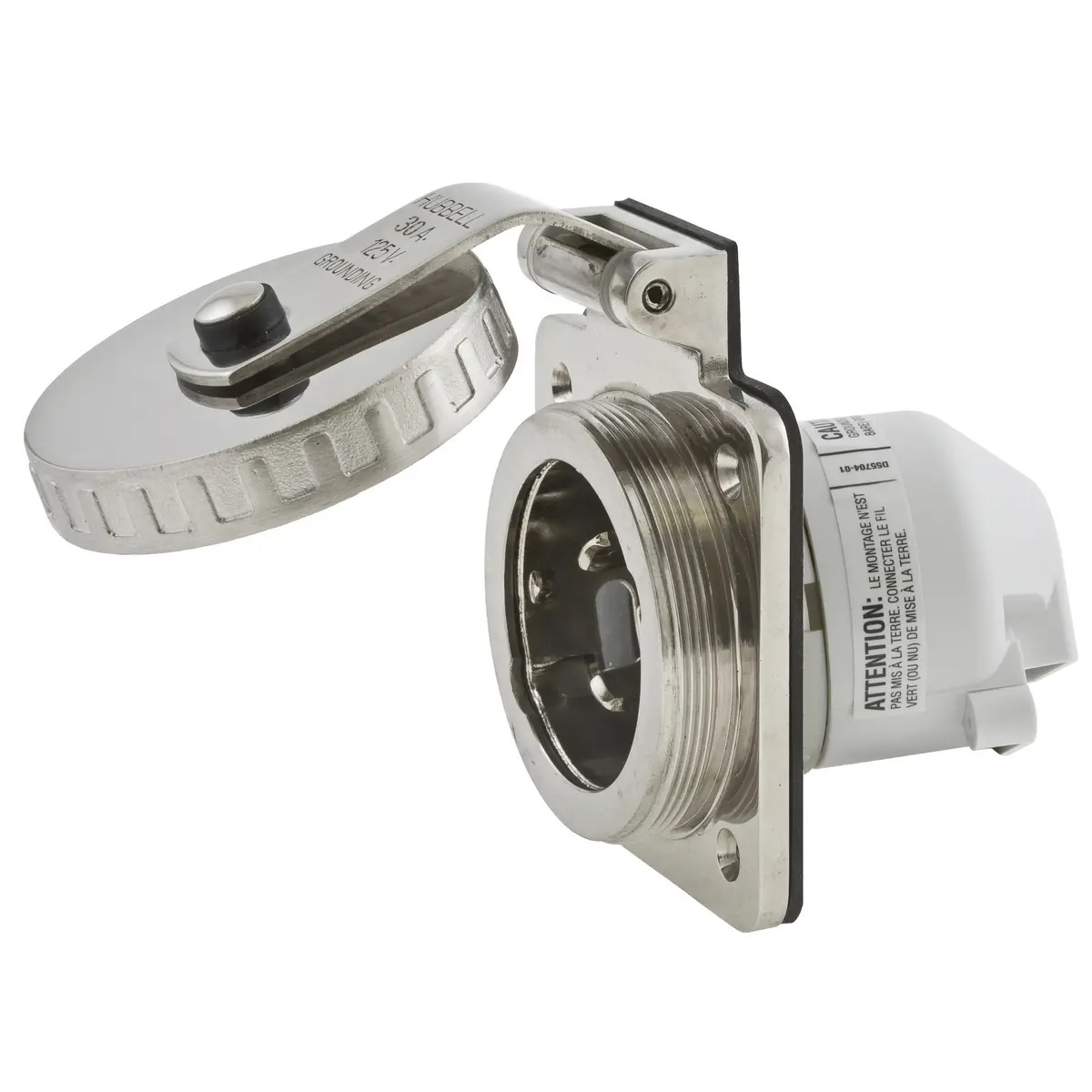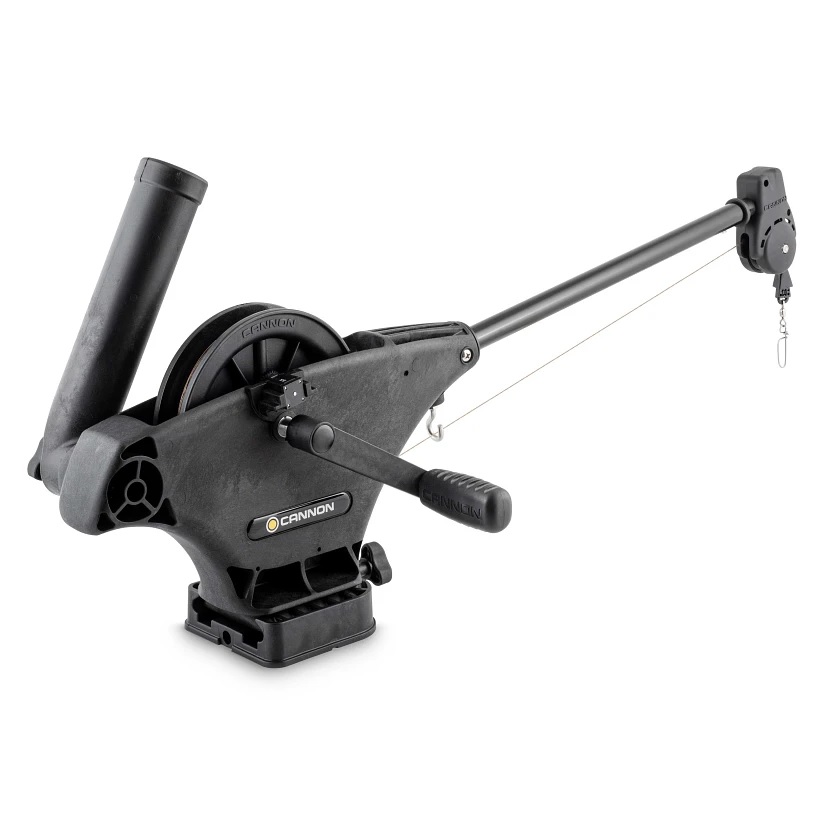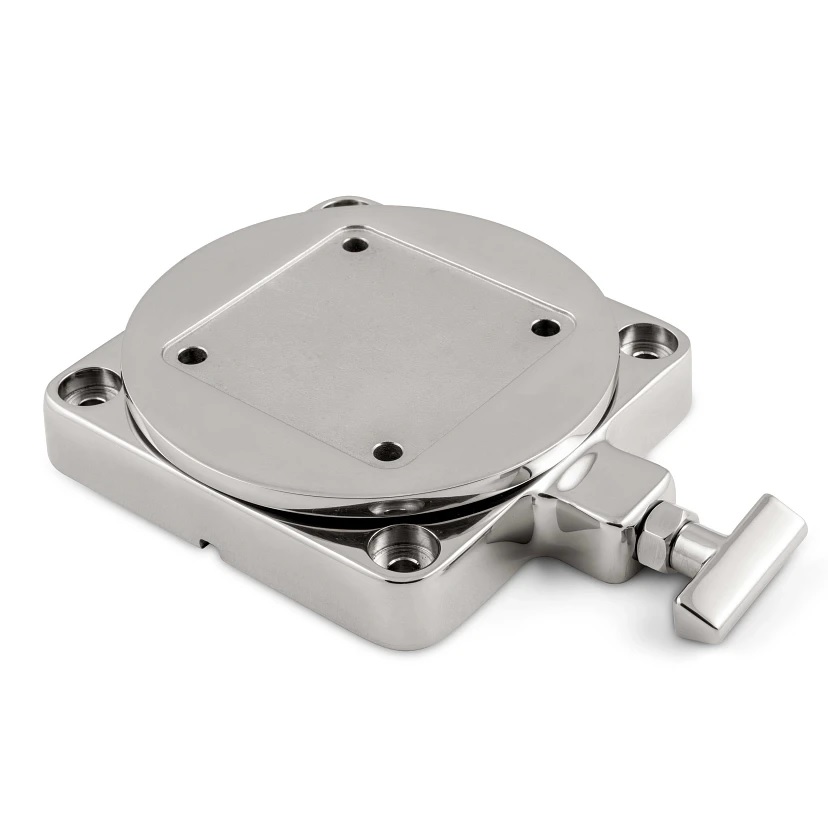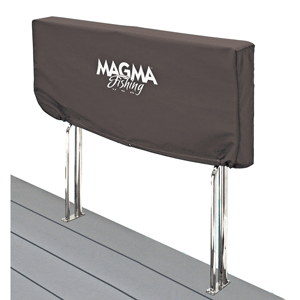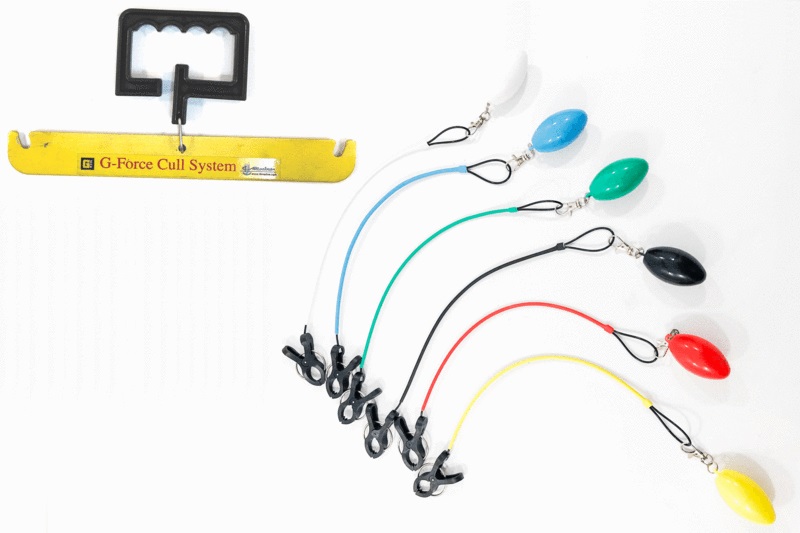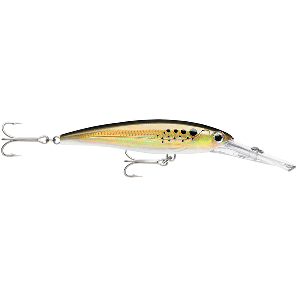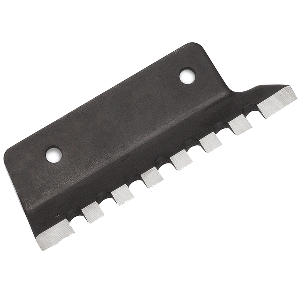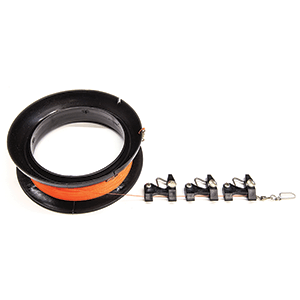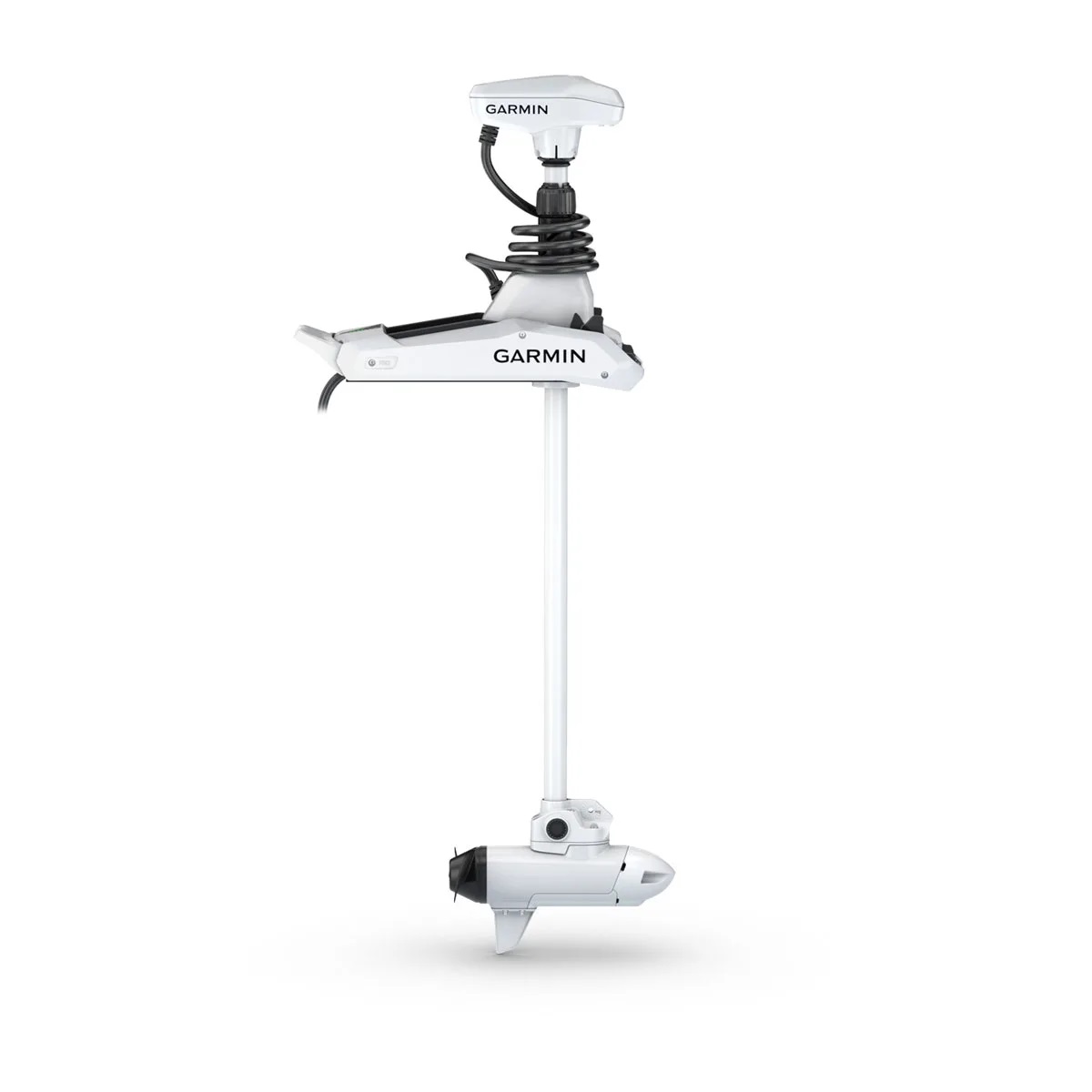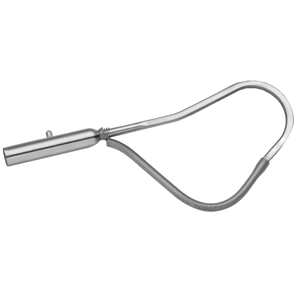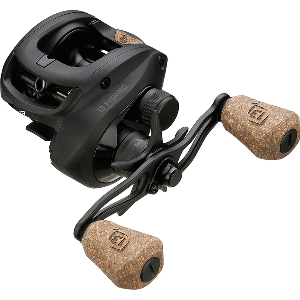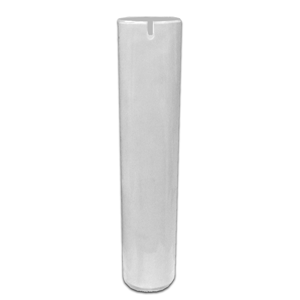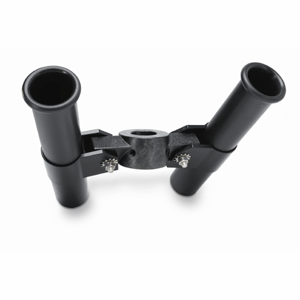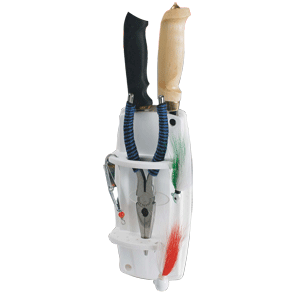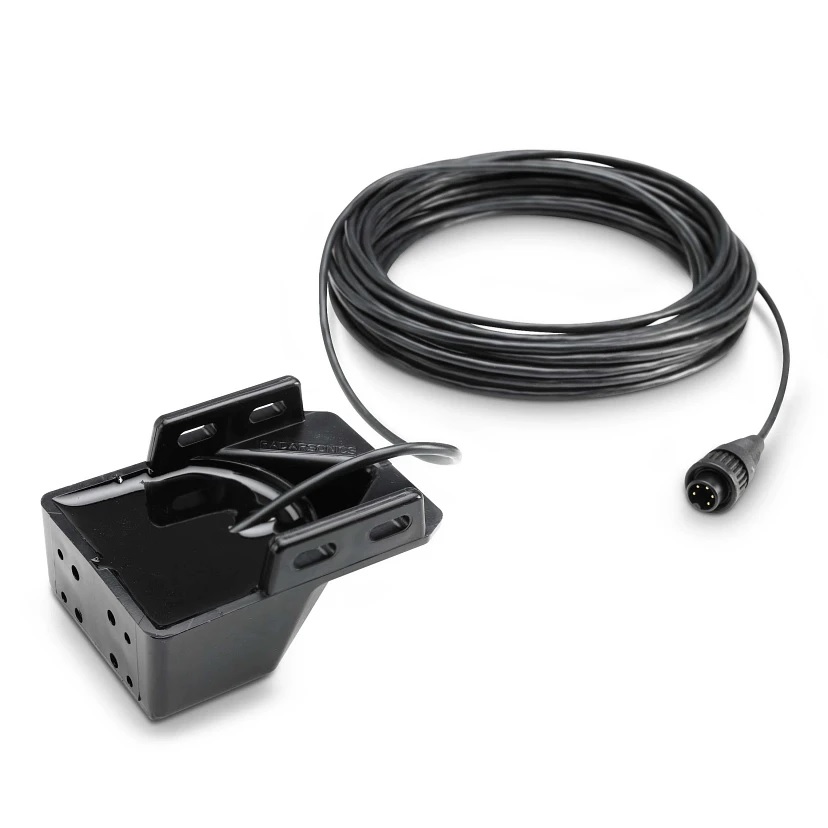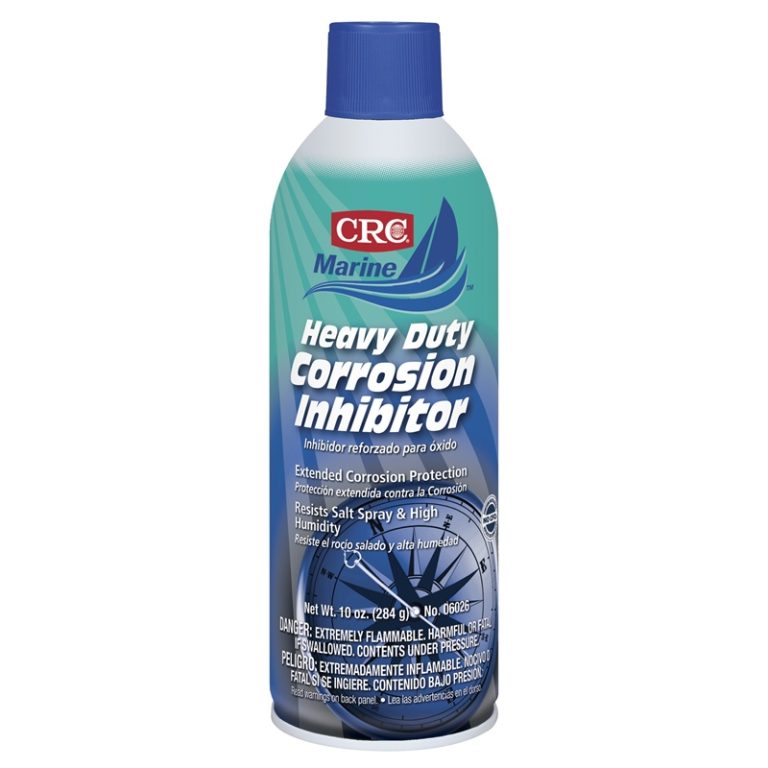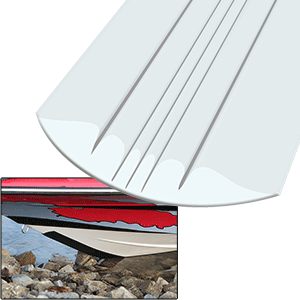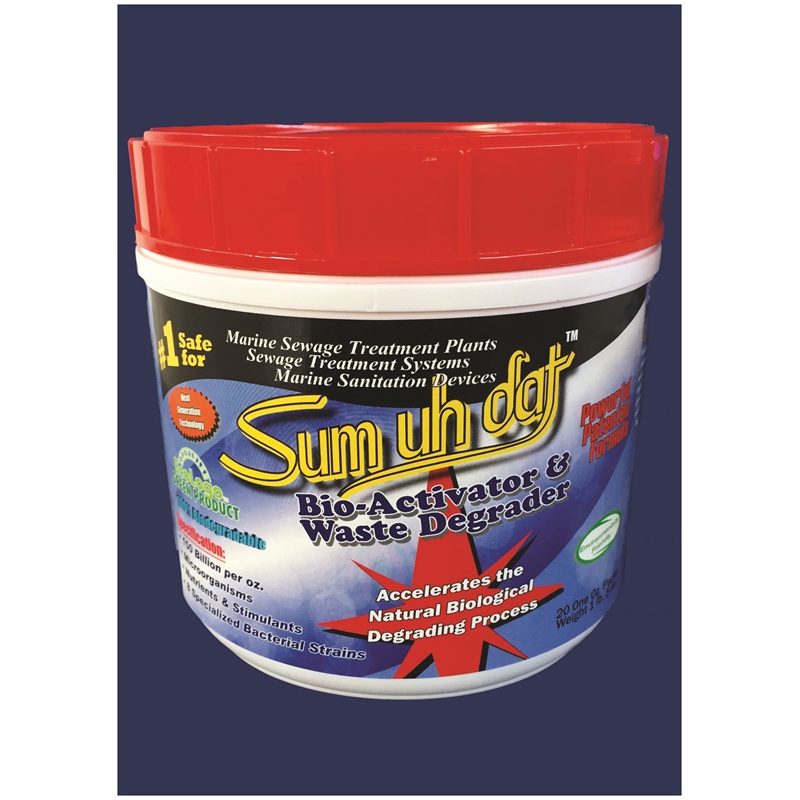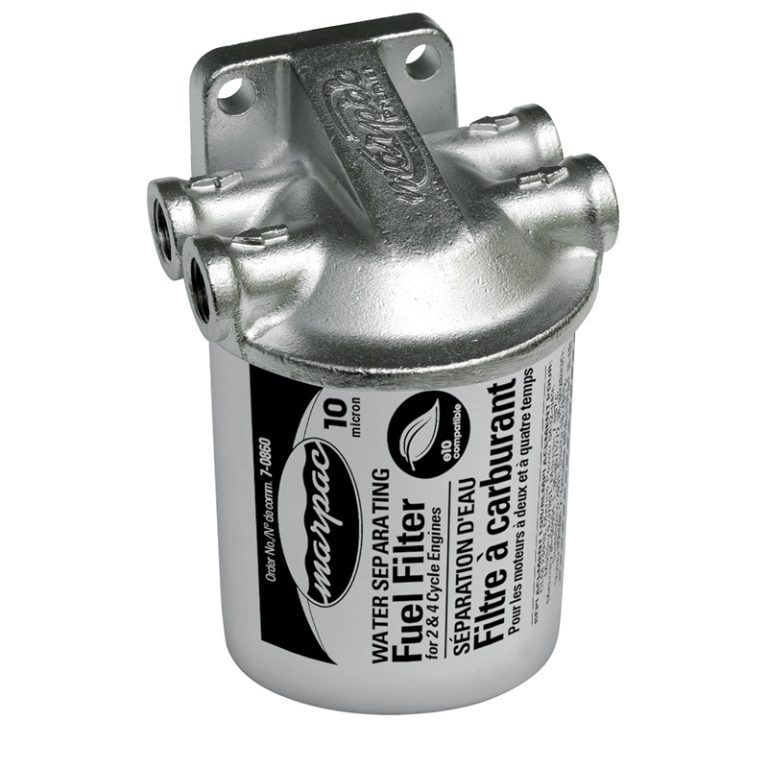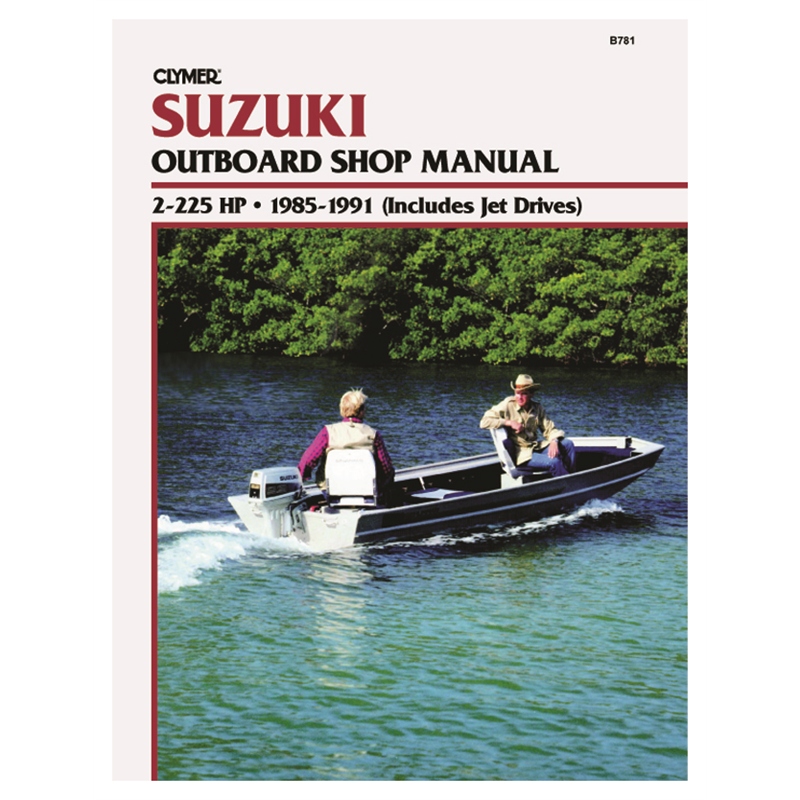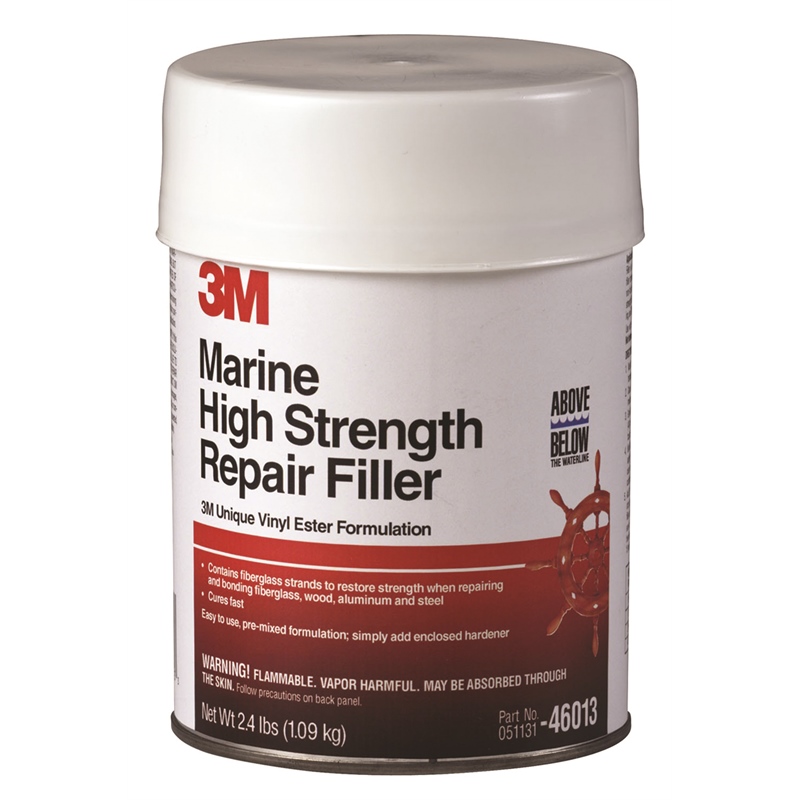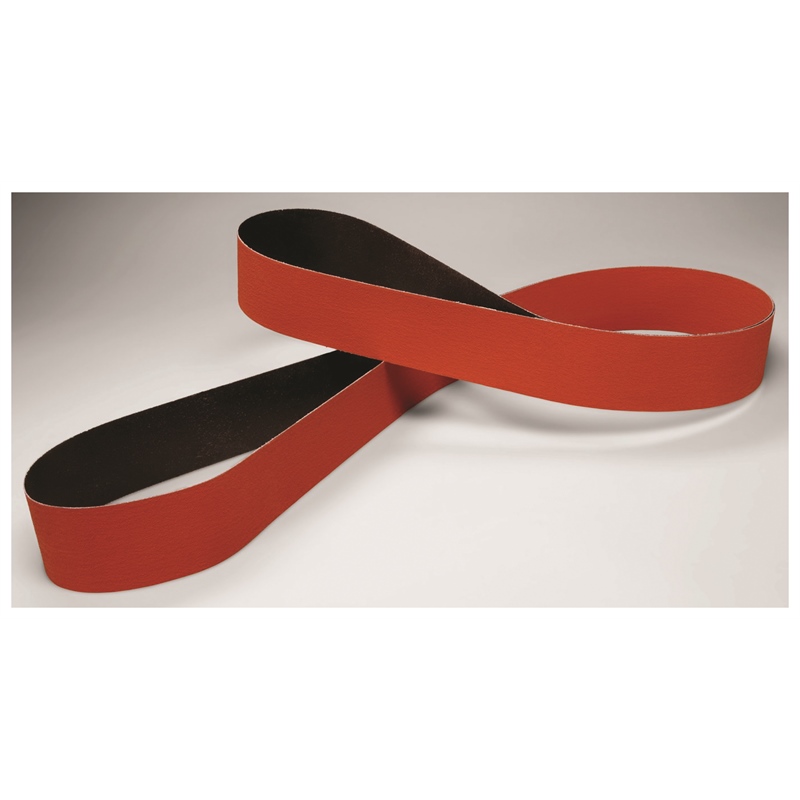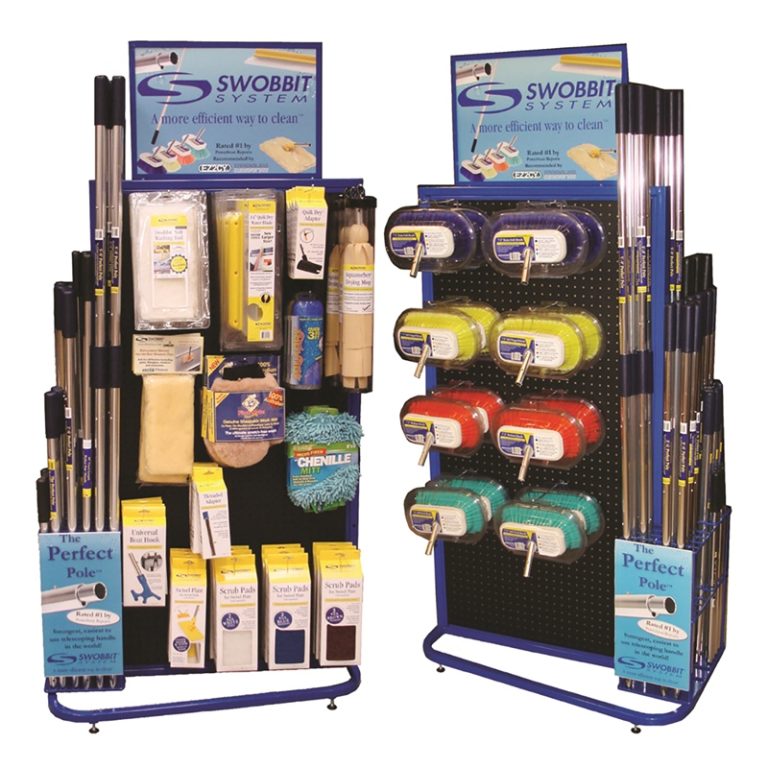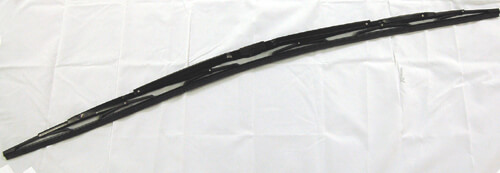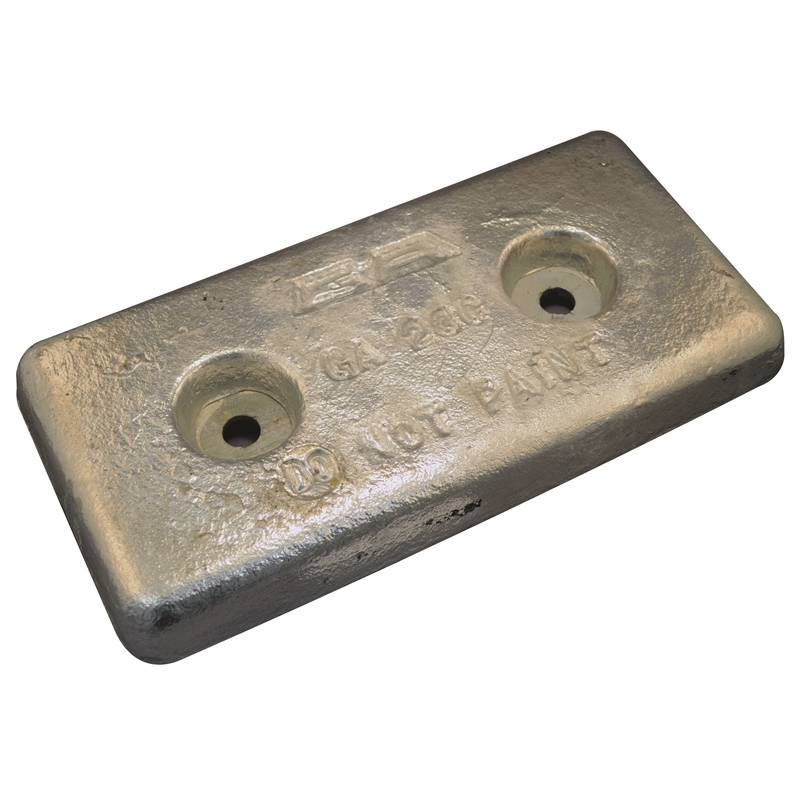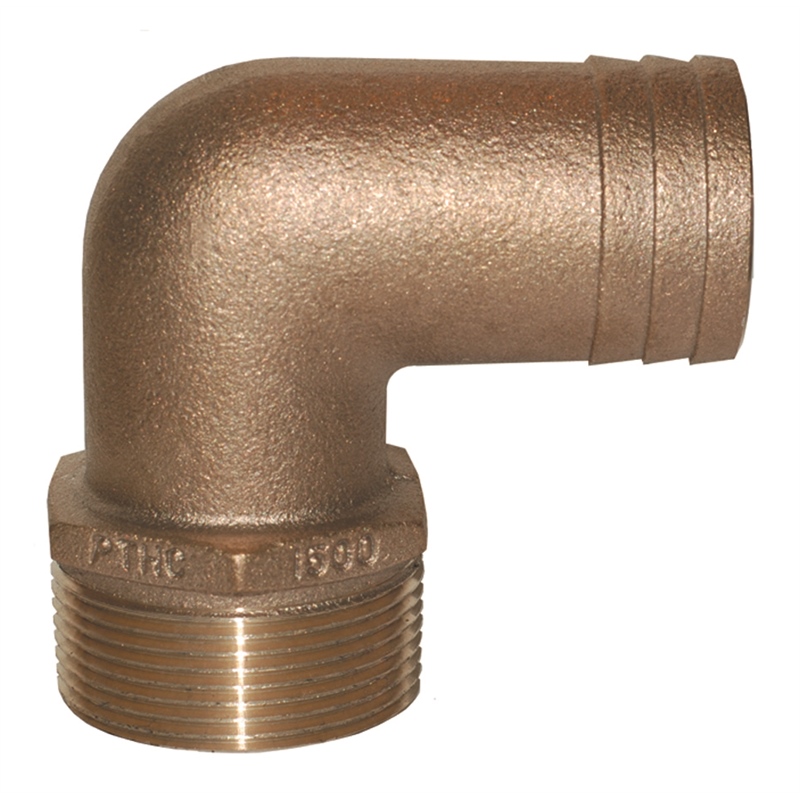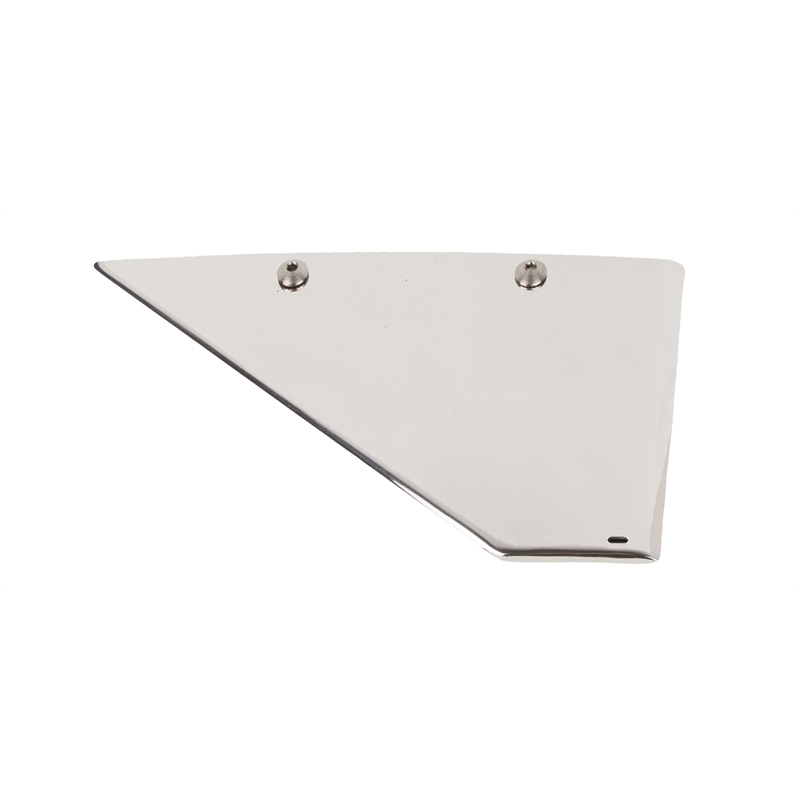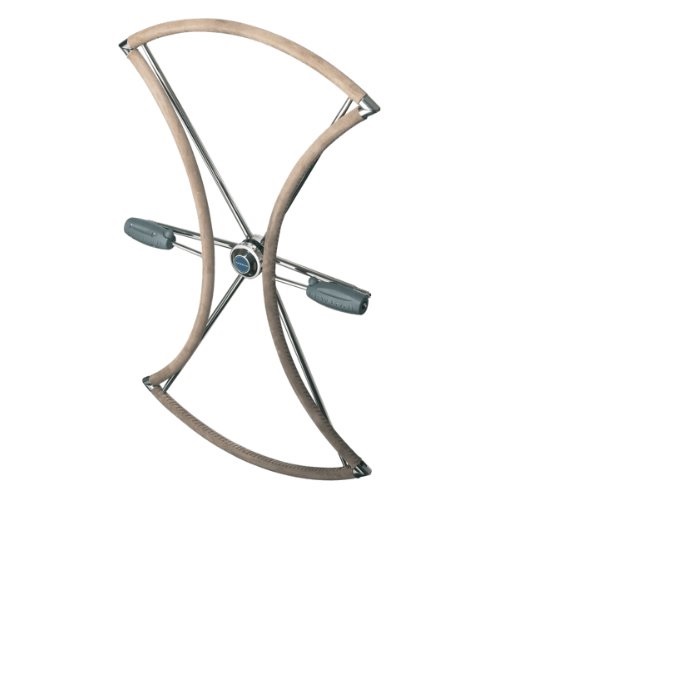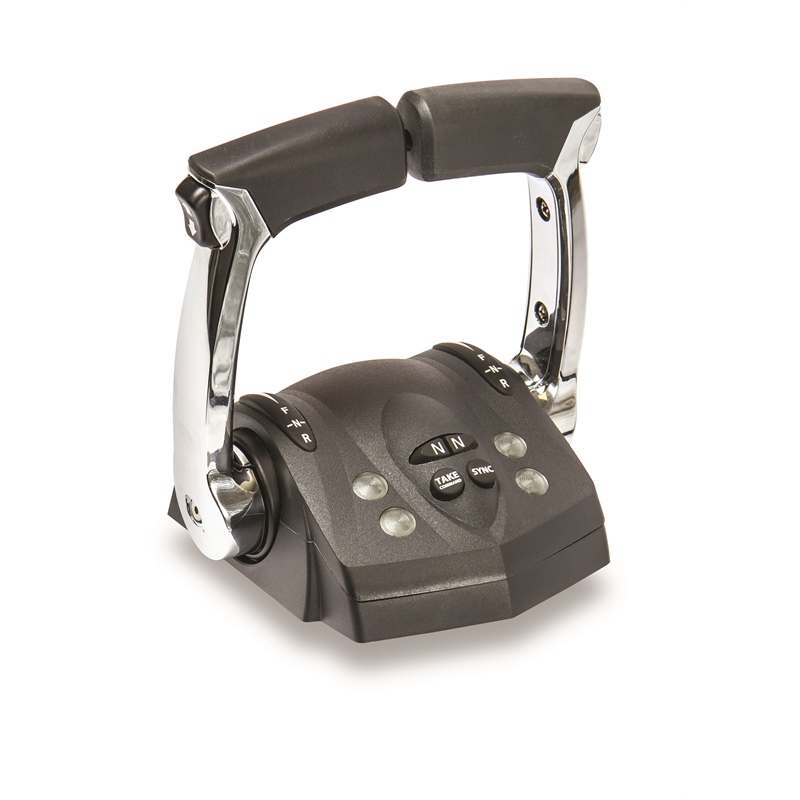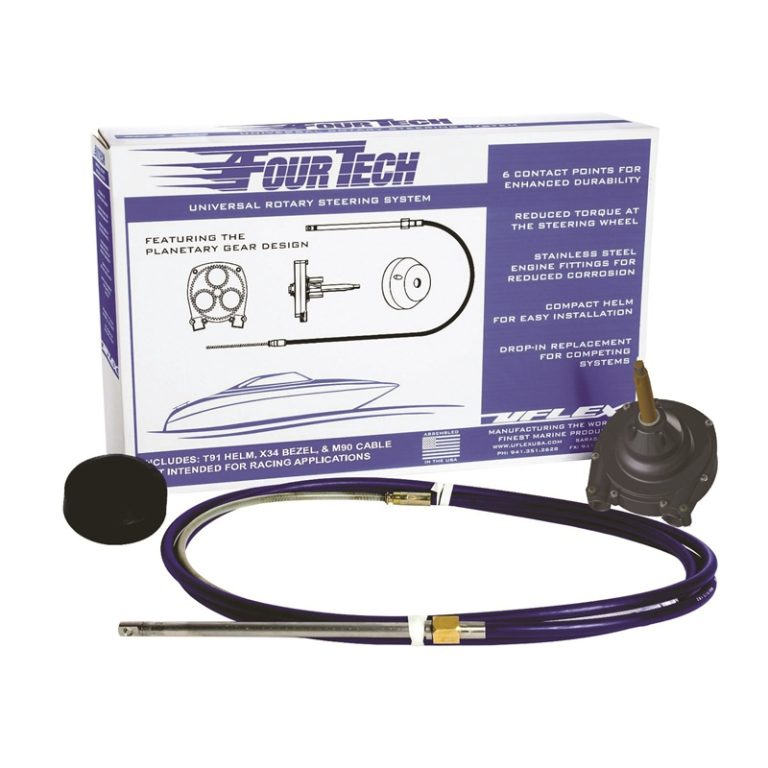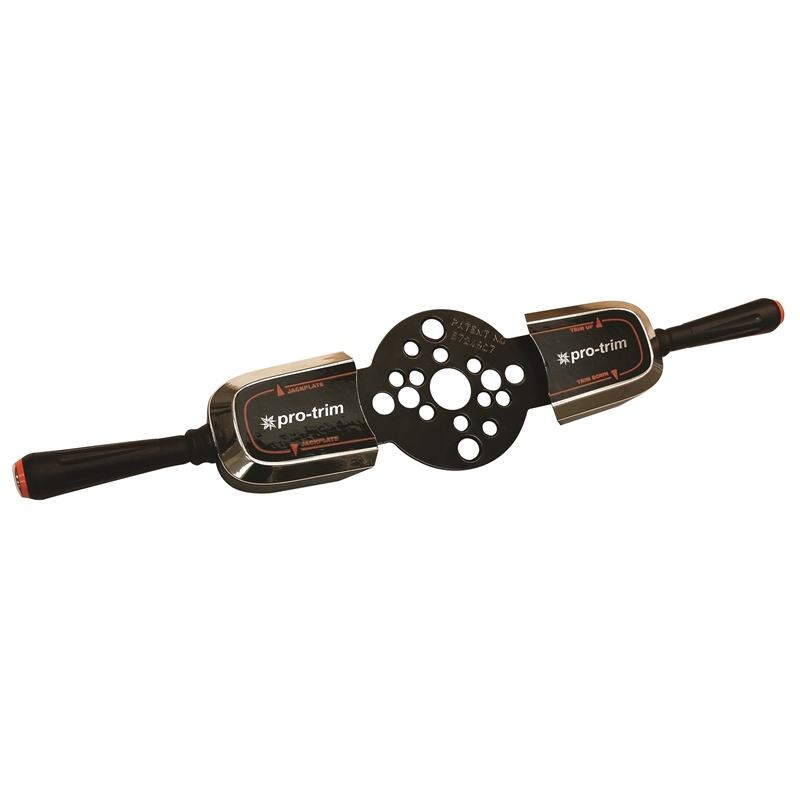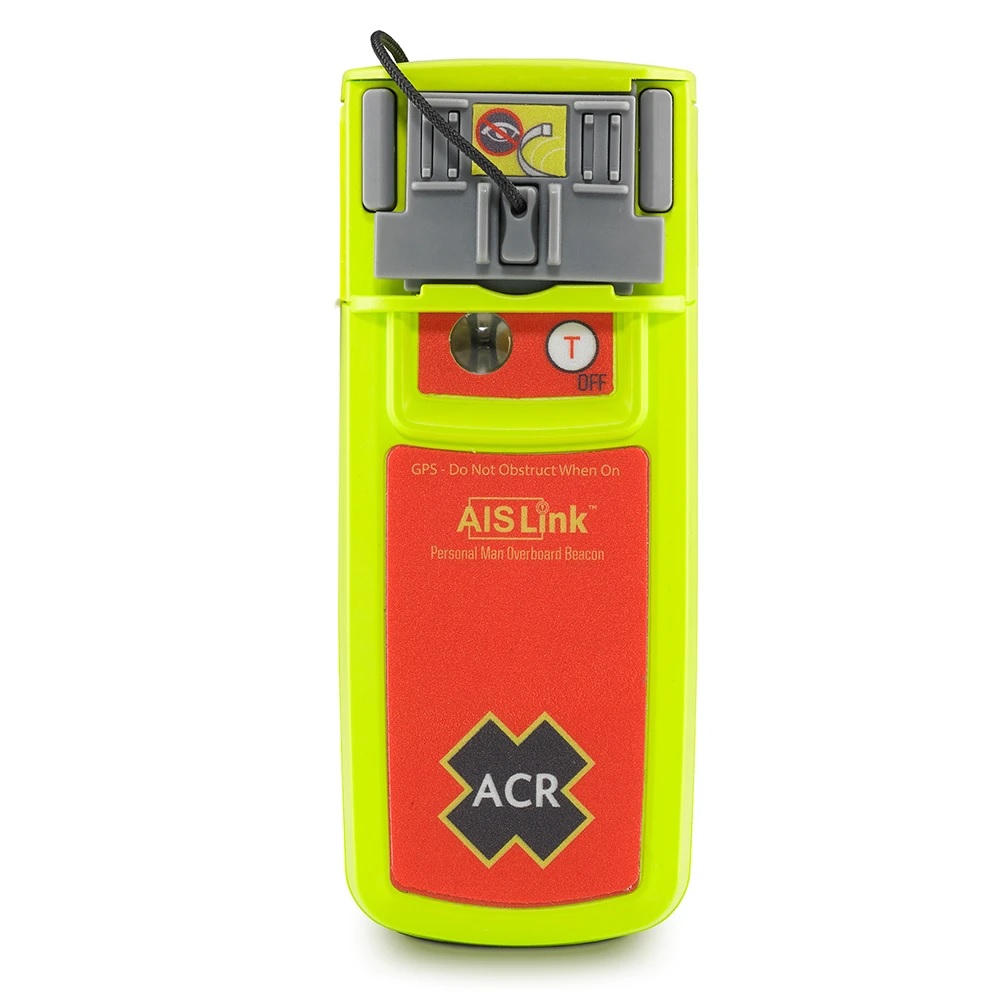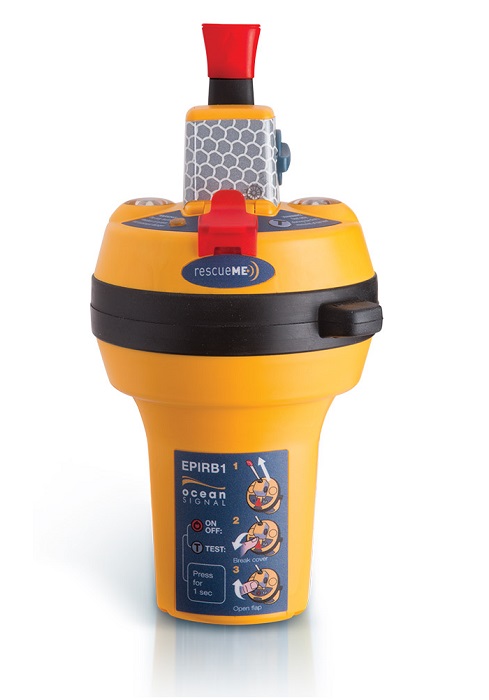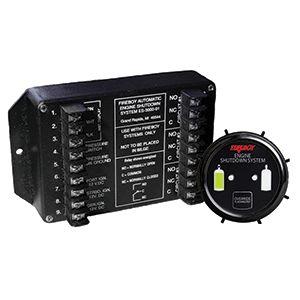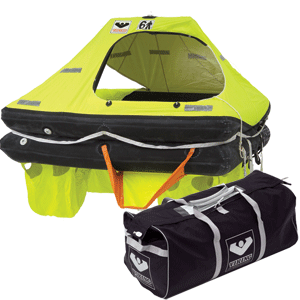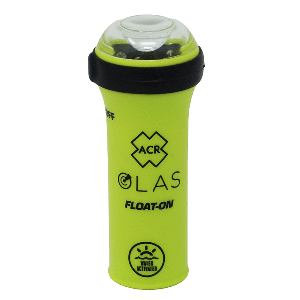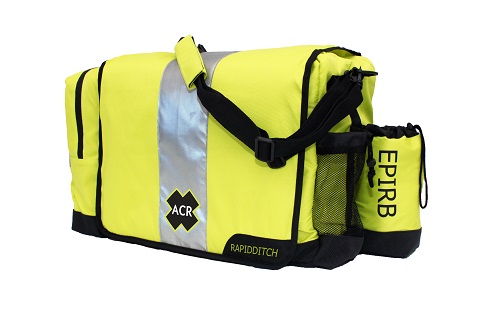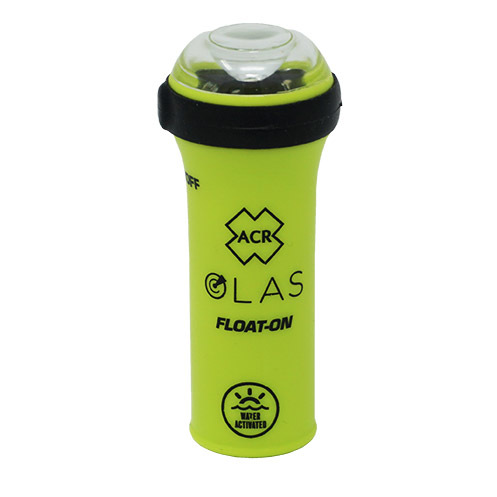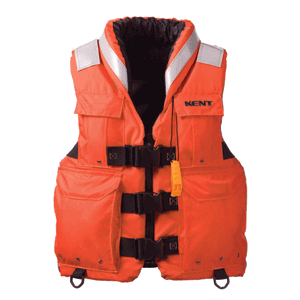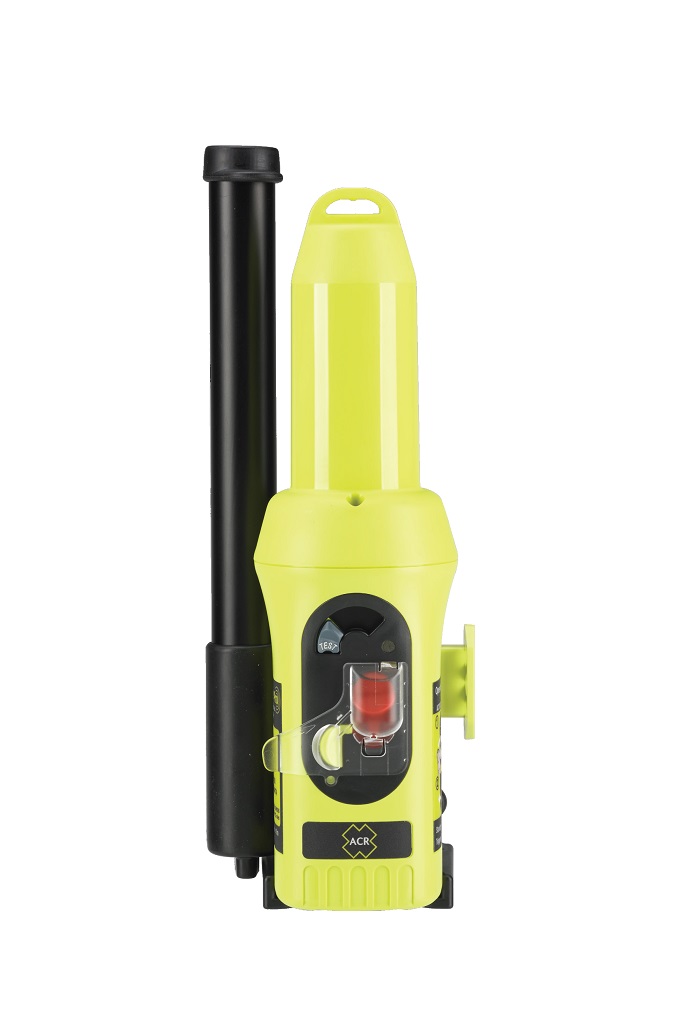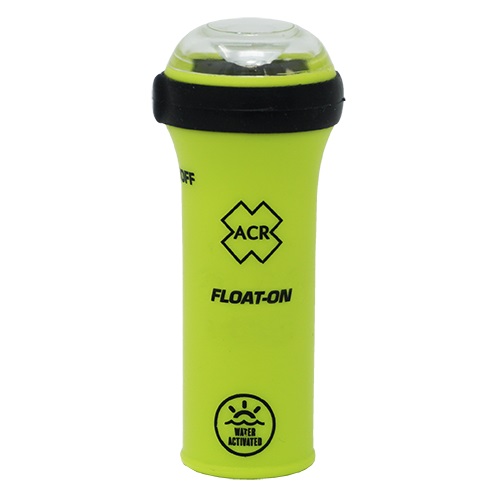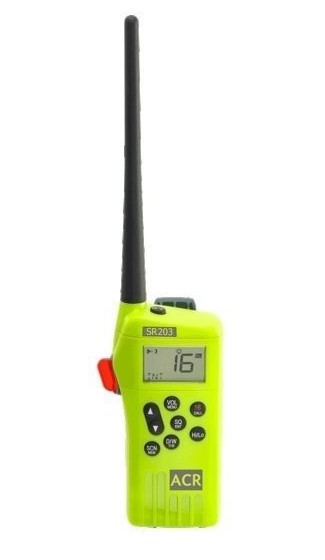B&G Triton Edge processor Review: Pros & Cons
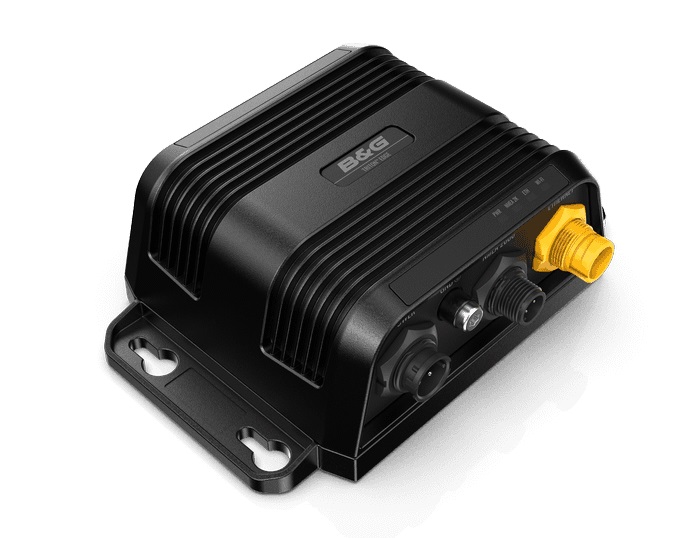
B&G Triton Edge Sailing Processor for Boats & Marine Engines
Introduction
The B&G Triton Edge processor is a state-of-the-art sailing processor designed specifically for modern boats and marine engines. It acts as the central hub for managing and processing critical instrument data, delivering precise sailing performance information. From wind and speed measurements to complex sailing calculations, this processor enhances your vessel’s instrumentation to provide real-time, accurate data essential for competitive sailing and safe navigation.
Trusted by professionals and enthusiasts alike, the B&G Triton Edge processor is engineered for durability and reliability in harsh marine environments. Whether you are upgrading your instrument package or installing a new system, this processor plays a pivotal role in marine electronics performance.
Overview / What Is B&G Triton Edge processor
The B&G Triton Edge processor is an advanced electronics unit designed to collect, analyze, and relay sailing data such as wind speed, wind angle, boat speed, heading, and other vital navigation parameters. It is an integral part of the B&G Triton Edge instrument package, often used in conjunction with display units and sensors.
This processor’s primary function is to improve the accuracy and responsiveness of sailing instruments by performing complex calculations onboard and delivering refined data to displays and autopilot systems.
Key Features of B&G Triton Edge processor
- High-speed processing capability to handle complex sailing data
- Compatibility with a wide range of NMEA 2000 sensors and devices
- Robust, waterproof design built for marine conditions
- Integration with other B&G marine instruments and displays
- Supports advanced sailing functions such as true wind calculations and layline data
The processor enables real-time sailing analytics that are vital for maximizing boat performance during races or cruising.
How the B&G Triton Edge processor Enhances Sailing Experience
By processing data from various onboard sensors, the B&G Triton Edge processor refines raw sensor inputs into actionable sailing metrics. It improves wind angle accuracy, provides precise boat speed readings, and helps optimize sail trim and course direction.
This leads to better decision-making on the helm and ultimately improves vessel handling and race performance. The processor’s compatibility with autopilots further enhances automatic course correction based on real-time sailing conditions.
Installation and Integration with Marine Engine Systems
Installing the B&G Triton Edge processor requires connecting it to your boat’s NMEA 2000 network, which links various sensors and displays. Proper placement is critical to protect the unit from moisture and mechanical damage.
The processor communicates with engine monitoring systems to provide synchronized data display, allowing users to view engine status alongside sailing metrics on compatible displays. This integration helps streamline dashboard instrumentation for ease of use.
Maintenance Tips
Maintaining your B&G Triton Edge processor is essential to ensure consistent performance and longevity. Here are several tips:
- Regularly inspect the unit’s enclosure for signs of water intrusion or damage.
- Check all cable connections on the NMEA 2000 network to ensure secure and corrosion-free contact.
- Keep the processor firmware updated via compatible B&G software tools to benefit from the latest improvements and bug fixes.
- Protect the processor from prolonged exposure to extreme temperatures and direct sunlight where possible.
- If the boat is stored for extended periods, disconnect power to prevent electrical issues.
Adhering to these maintenance tips helps prevent common faults and maintains accurate instrument readings.
Expert Advice and Pro Recommendations
Professionals recommend the B&G Triton Edge processor for sailors who demand precision and reliability. Its processing power and seamless integration with B&G’s marine instrument ecosystem make it ideal for both cruising and racing yachts.
To maximize your investment, use the processor alongside a complete B&G instrument package including displays, wind sensors, and autopilots. Installation by a certified marine electronics technician is advised to ensure optimal network setup and calibration.
Take advantage of the current 5% off code WELCOME5 when purchasing to get a great deal on this advanced sailing processor.
Common Troubleshooting for B&G Triton Edge processor
While the B&G Triton Edge processor is engineered for durability, some issues can arise that require troubleshooting. Typical problems include:
- Intermittent sensor data or signal loss due to network cabling issues
- Firmware incompatibility causing communication errors with displays
- Inaccurate wind or speed readings caused by sensor misalignment
Start troubleshooting by checking all physical connections and power supplies. Use B&G diagnostic software to verify firmware versions and update if necessary. Recalibrate sensors as per manufacturer guidelines to restore data accuracy.
For persistent problems, contacting B&G support or a professional marine electronics technician is recommended.
Cost and Durability: Is B&G Triton Edge processor Worth It?
The B&G Triton Edge processor is a premium sailing instrument processor with a price point reflecting its advanced capabilities and marine-grade durability. Its robust construction resists saltwater corrosion, vibration, and temperature extremes, making it a long-term investment for serious sailors.
When combined with the full B&G instrument package, the processor contributes significantly to improved sailing performance and safety. Its cost-effectiveness becomes evident when considering reduced downtime and increased navigation confidence.
Detailed FAQ Section
What is the main function of the B&G Triton Edge processor?
The main function of the B&G Triton Edge processor is to act as the central processing unit for sailing instrument data. It collects raw inputs from wind sensors, speed sensors, compasses, and other devices, then processes these signals into accurate, actionable sailing metrics like true wind angle, boat speed, and heading. This processed data is then distributed to displays, autopilots, and other onboard systems to assist sailors in navigation and performance optimization. Without this processor, the instrument system would lack the critical data refinement necessary for competitive sailing accuracy.
How do I install the B&G Triton Edge processor on my boat?
Installing the B&G Triton Edge processor requires connecting it to your vessel’s NMEA 2000 network. This involves running network cables between the processor, sensors (such as wind and speed), and instrument displays. The processor should be mounted in a dry, accessible location away from heat sources and mechanical vibration. Power connections must comply with marine electrical standards to ensure stable operation. Calibration of connected sensors and displays is necessary after installation for accurate data reading. For best results, it is recommended to have the installation performed by a certified marine electronics professional.
What maintenance does the B&G Triton Edge processor require?
Maintenance for the B&G Triton Edge processor is straightforward but crucial for reliable operation. Regularly inspect the enclosure for any signs of water ingress or physical damage. Periodically check all NMEA 2000 cable connections for corrosion and secure fittings. Keeping the processor’s firmware updated using B&G’s software tools ensures compatibility and feature improvements. Avoid exposing the processor to direct sunlight or extreme temperatures when possible, and disconnect power during long-term boat storage. Proper maintenance reduces the risk of data errors and hardware failures.
Can the B&G Triton Edge processor work with other marine electronics?
Yes, the B&G Triton Edge processor is designed to integrate seamlessly with a wide range of marine electronics via the NMEA 2000 network. It communicates effectively with B&G displays, autopilots, wind sensors, speed sensors, and engine monitoring systems. This interoperability allows for a centralized data hub on your boat, enhancing situational awareness and simplifying instrument management. Additionally, it supports data sharing with third-party marine devices that comply with NMEA 2000 standards, providing flexibility in system expansion.
What should I do if the B&G Triton Edge processor shows inaccurate data?
If your B&G Triton Edge processor starts showing inaccurate sailing data, begin troubleshooting by verifying all sensor connections and ensuring cables are intact and corrosion-free. Check that the firmware is up to date, as software bugs can cause data errors. Recalibrate the sensors following manufacturer instructions, as misalignment can affect readings. Inspect sensors physically for damage or fouling that may impact performance. If problems persist after these steps, consult with a marine electronics technician or contact B&G support for advanced diagnostics.
Conclusion
The B&G Triton Edge processor is a vital component for any serious sailor or marine electronics enthusiast seeking precise, reliable sailing instrumentation. Its advanced processing capabilities, robust design, and broad compatibility make it a cornerstone for modern marine instrument packages. Whether you are upgrading existing systems or fitting out a new boat, this processor offers the performance and durability needed to enhance your sailing experience and improve navigation safety.
By following proper installation and maintenance procedures, the B&G Triton Edge processor will provide years of accurate and dependable data processing for your boat and marine engine systems.
Special Offer
WELCOME5 – Get 5% off storewide at allboatsupplies.com
🚀 Instant Assistance: Need help selecting the right product? Drop your contact in the chatbox at the bottom right corner, and our expert team will reply within 30 minutes with the best product suggestion for your boat — including a ready-to-use checkout link. We’re fast, knowledgeable, and always here for your boating needs!
No more guesswork — just message us and get a personalized checkout link fast!
Let us handle the hassle — expert support, quick replies, and smooth checkout. Your boat deserves the best.
🔥 Up to 5% OFF – Limited Time!
Use code WELCOME5 on B&G Triton Edge Sailing Processor
Maximizing Performance with B&G Triton Edge processor
To maximize the benefits of the B&G Triton Edge processor, pairing it with compatible B&G displays and sensors is essential. Customizing data screens and leveraging features such as layline calculations and true wind data will elevate your sailing performance significantly.
Regularly updating firmware and ensuring proper sensor alignment also help maintain data accuracy. For professional racing sailors, integrating the processor with an autopilot system further automates steering based on the precise sailing data it provides.
How to Choose the Best Instrument Package with B&G Triton Edge processor
Choosing the right instrument package involving the B&G Triton Edge processor depends on your boat size, sailing style, and budget. Essential components include compatible displays, wind sensors, speed sensors, and autopilots for complete system functionality.
Consider the level of integration you need: for casual cruising, a basic setup may suffice, while competitive racers benefit from full integration of all sensors and autopilot control. Consulting marine electronics specialists and reviewing user feedback can guide your selection process to find the best options for your sailing needs.
For additional trusted marine engine and electronics options, visit Yamaha Outboards.


